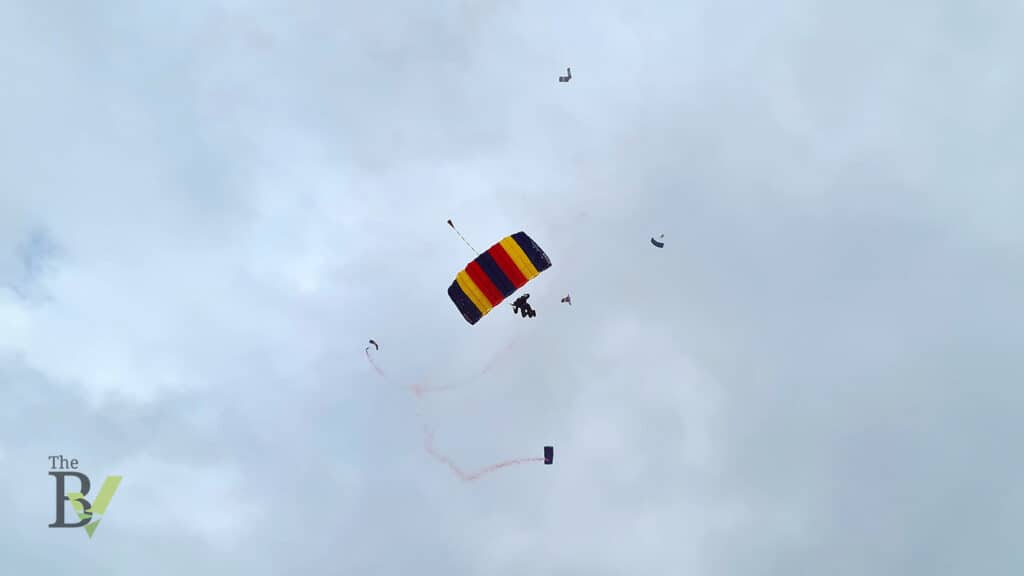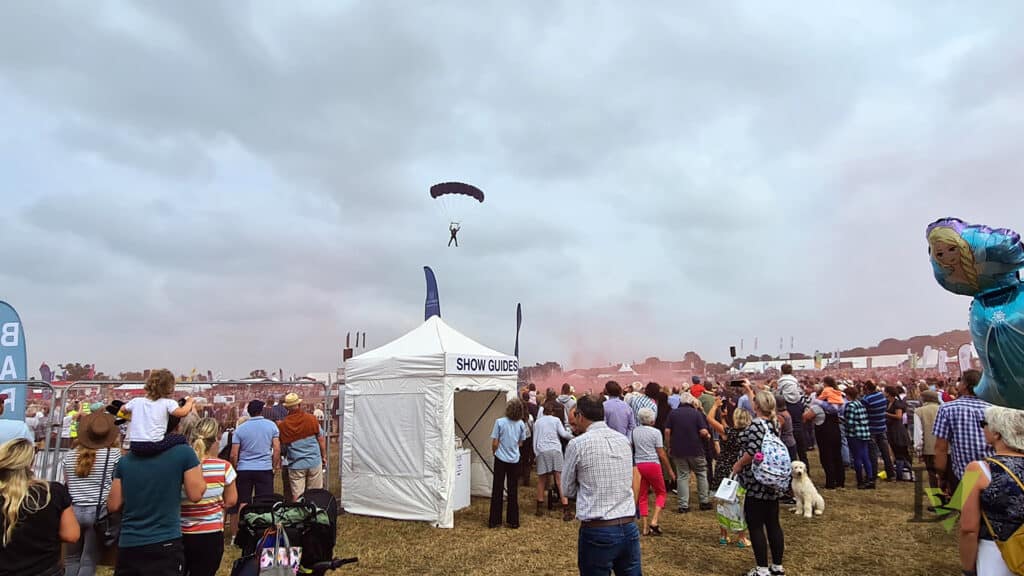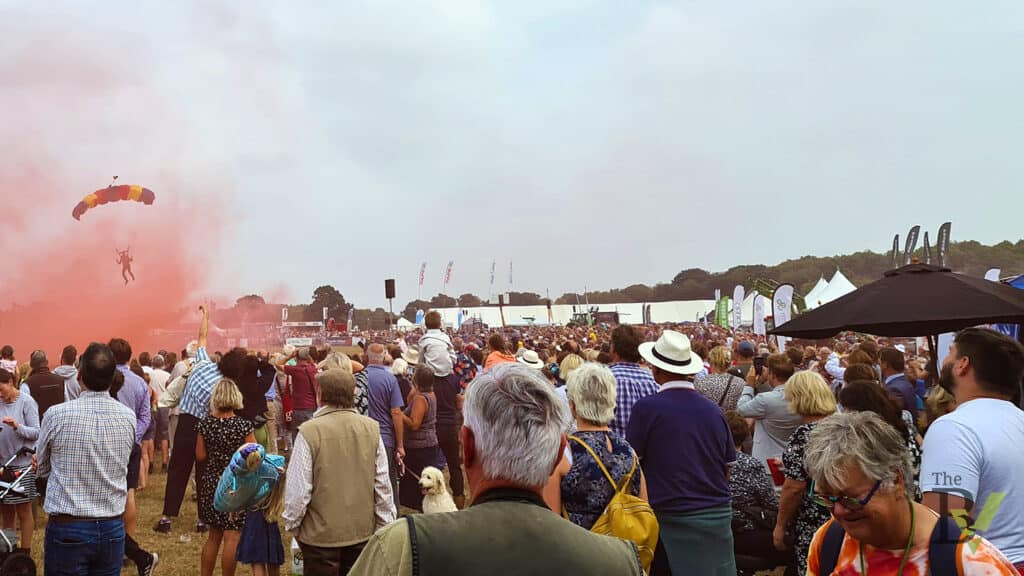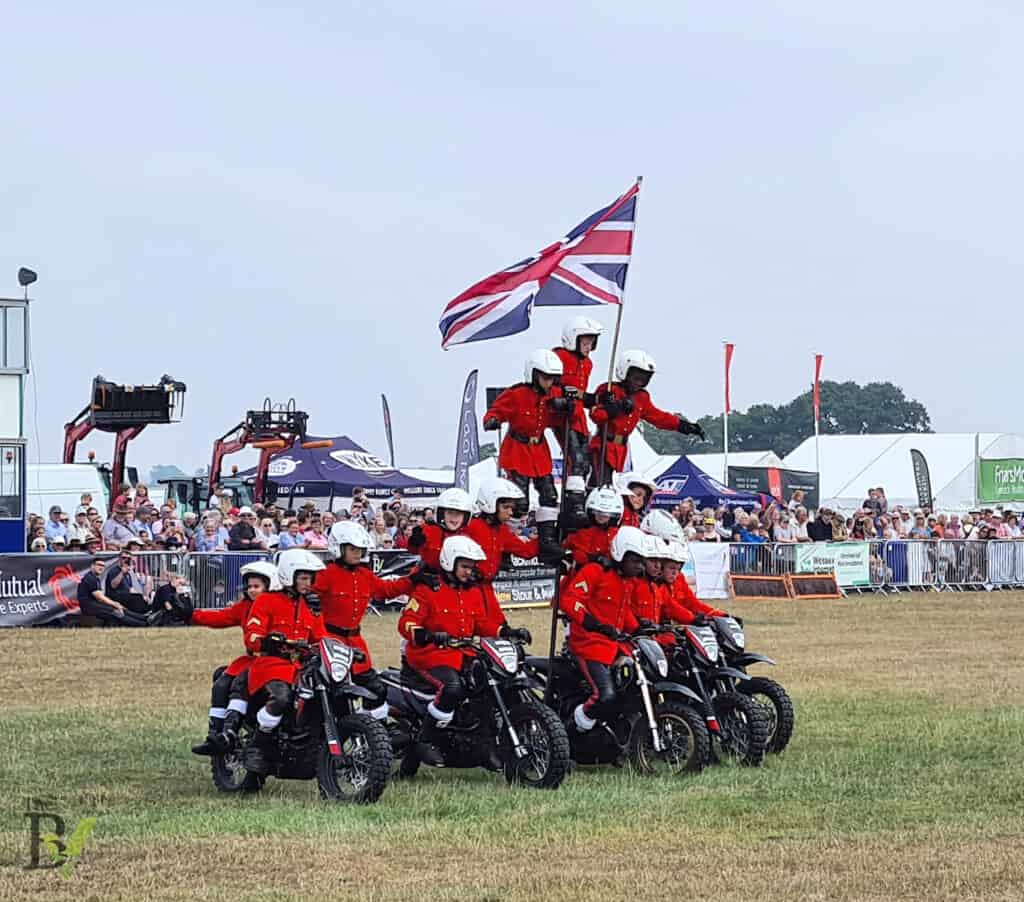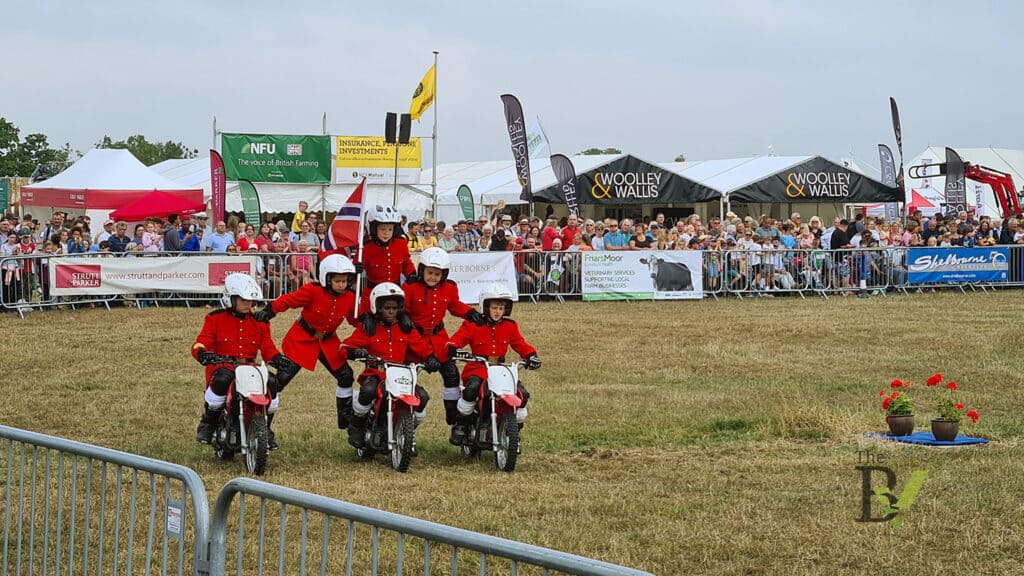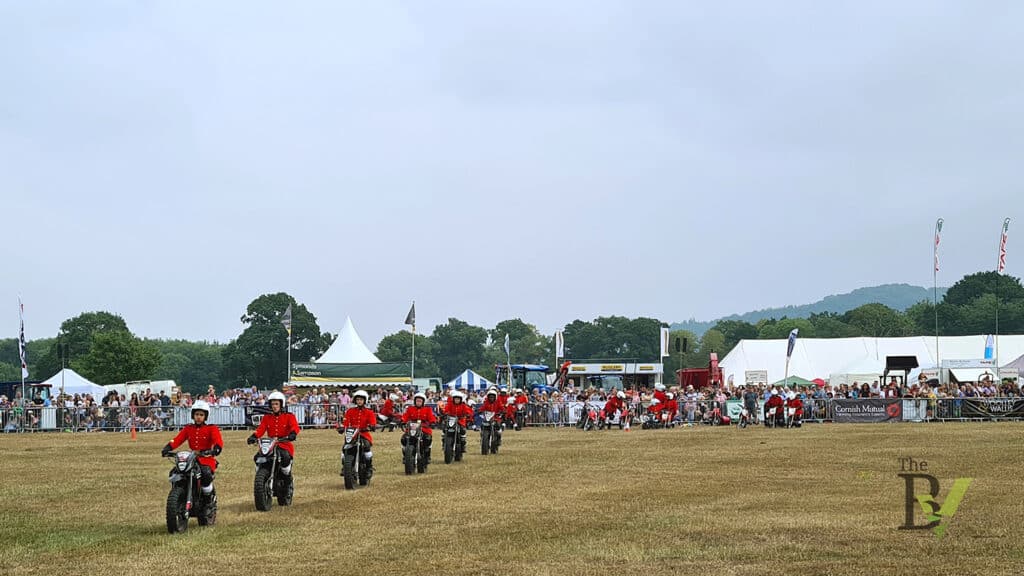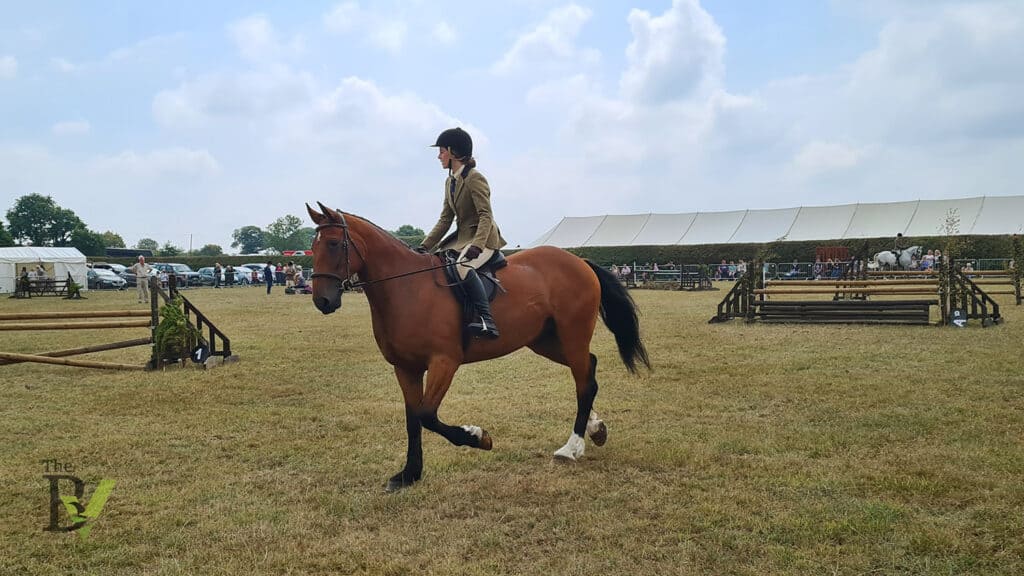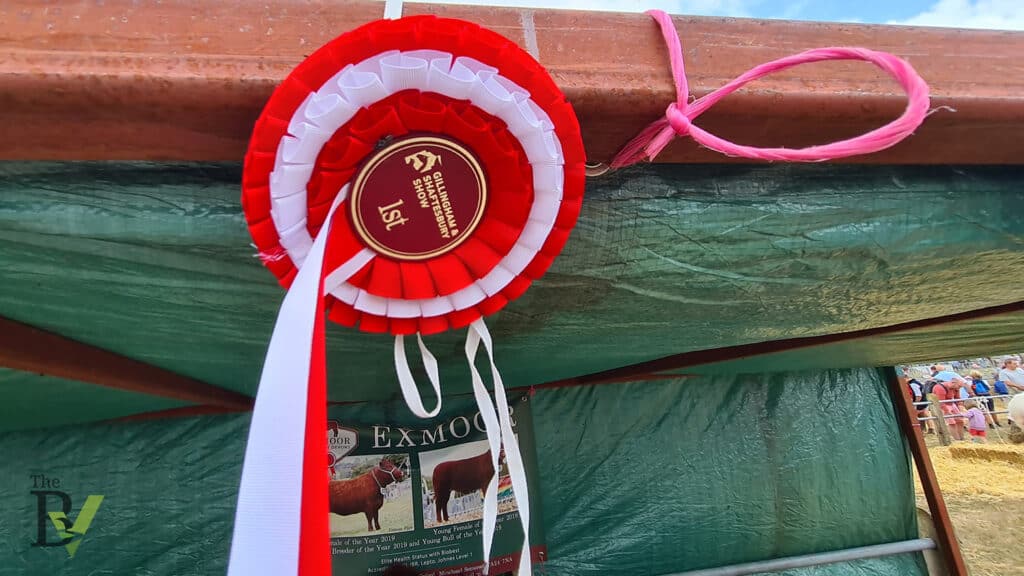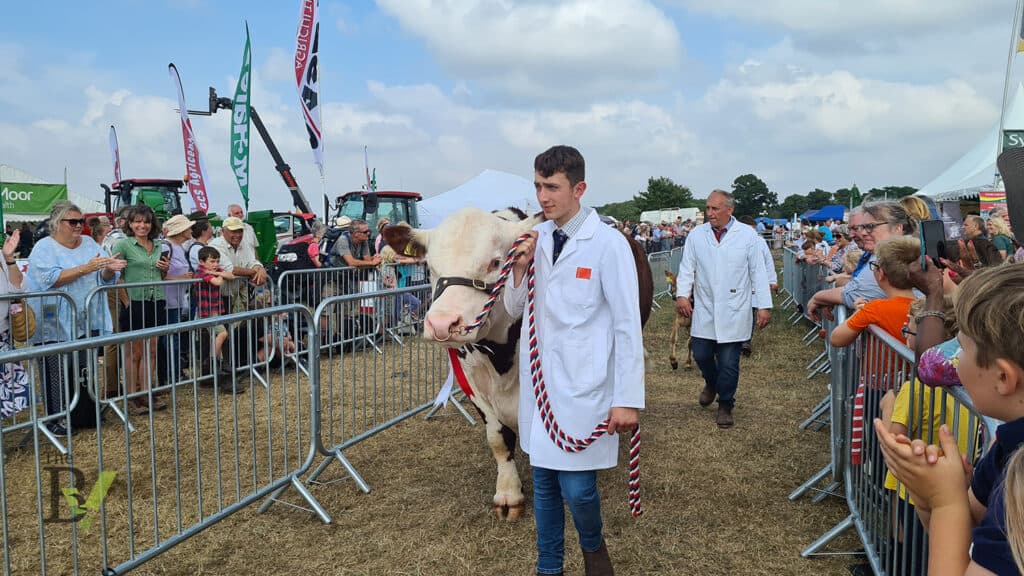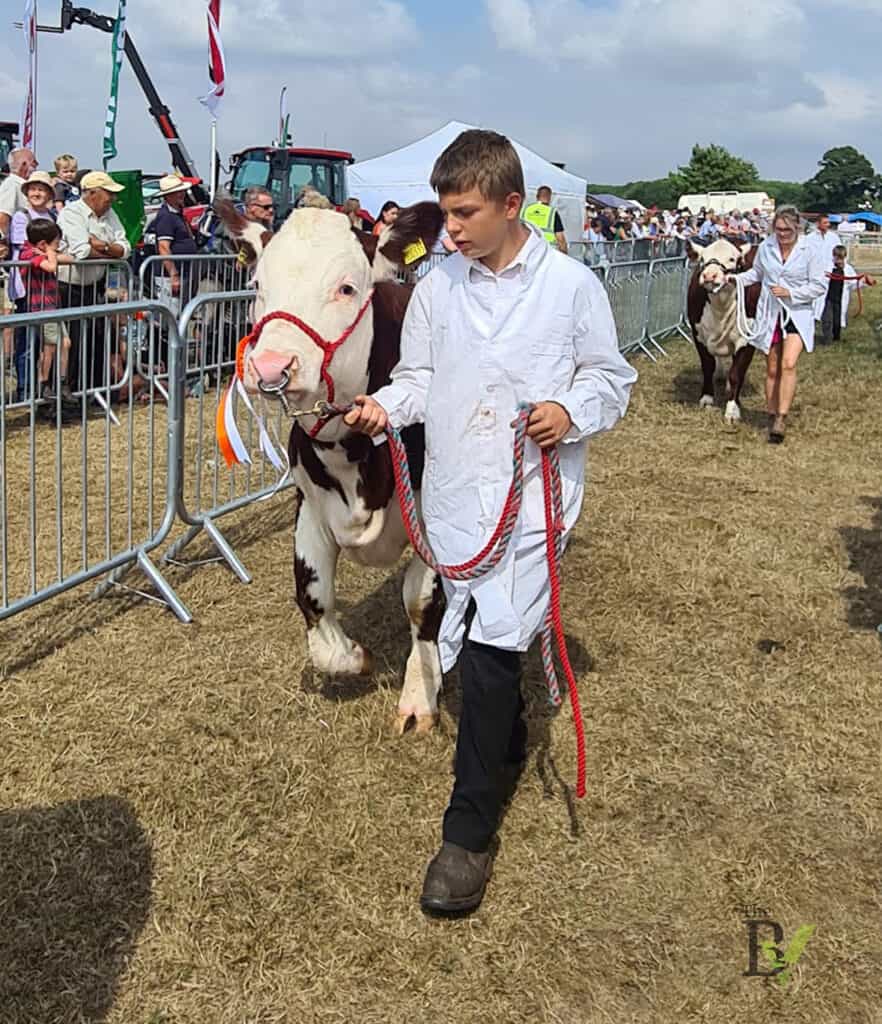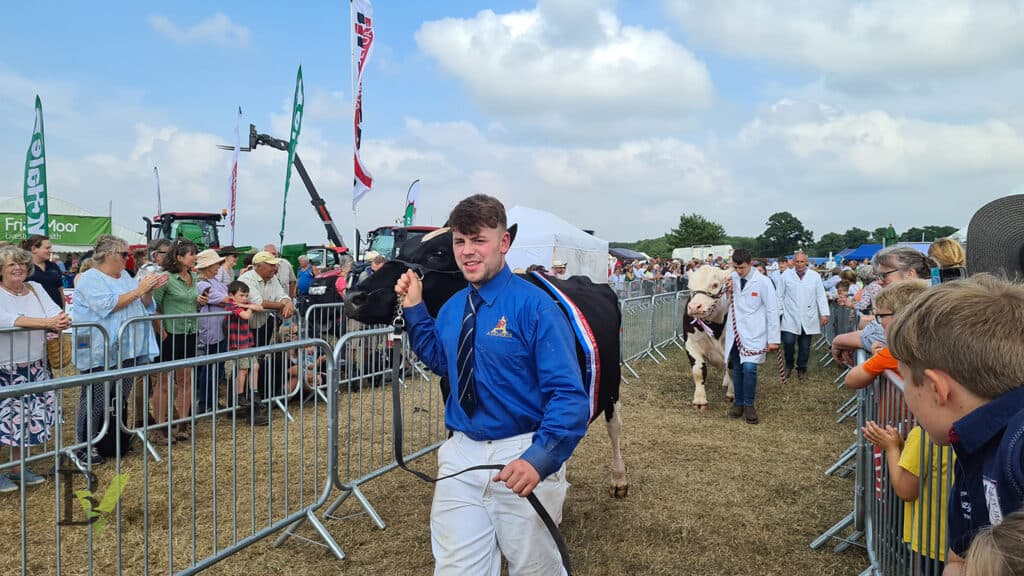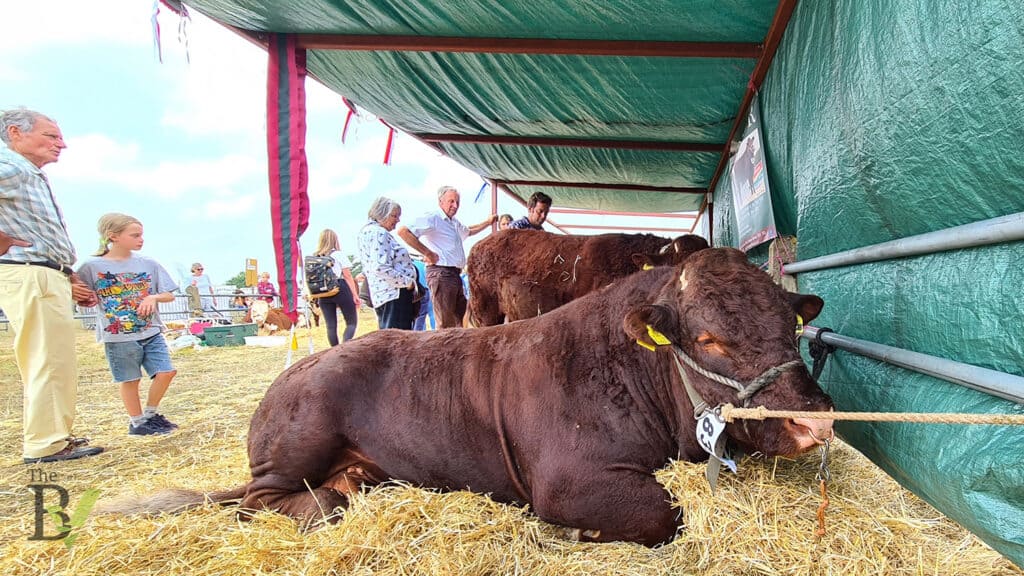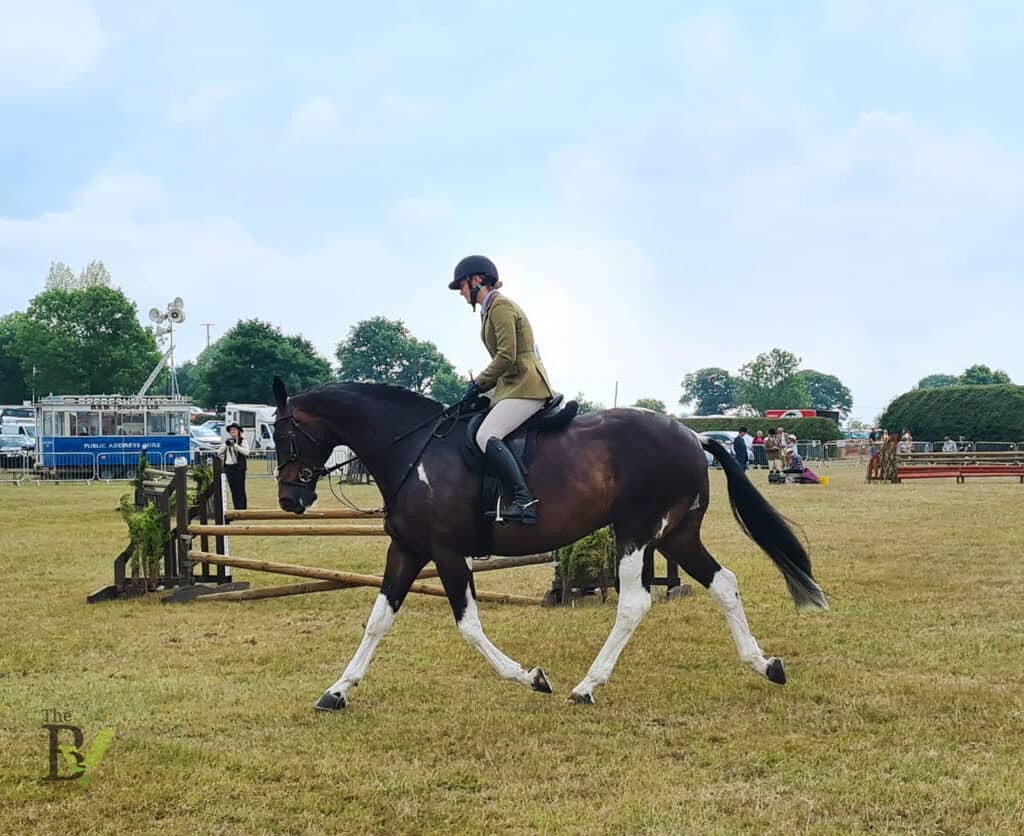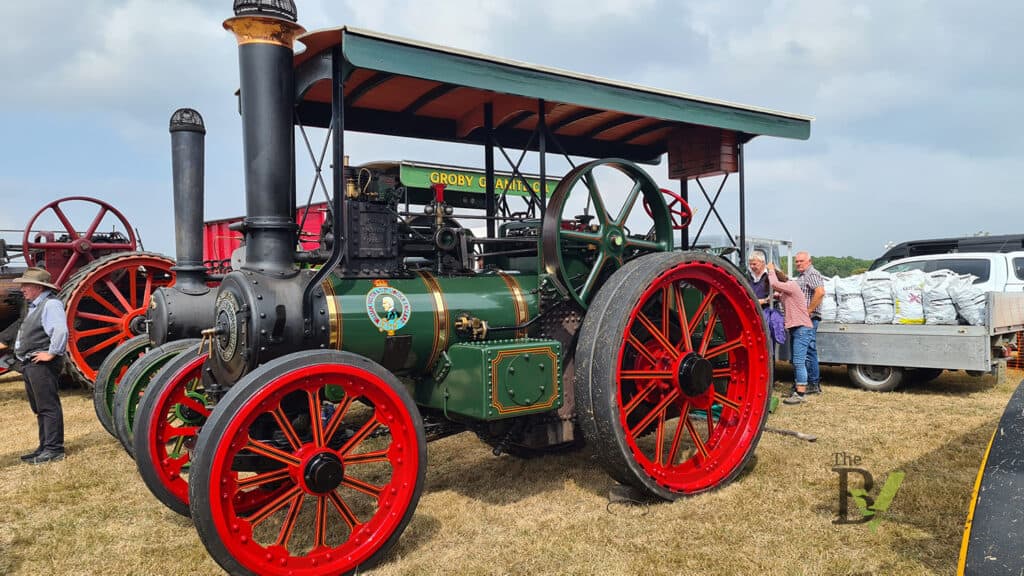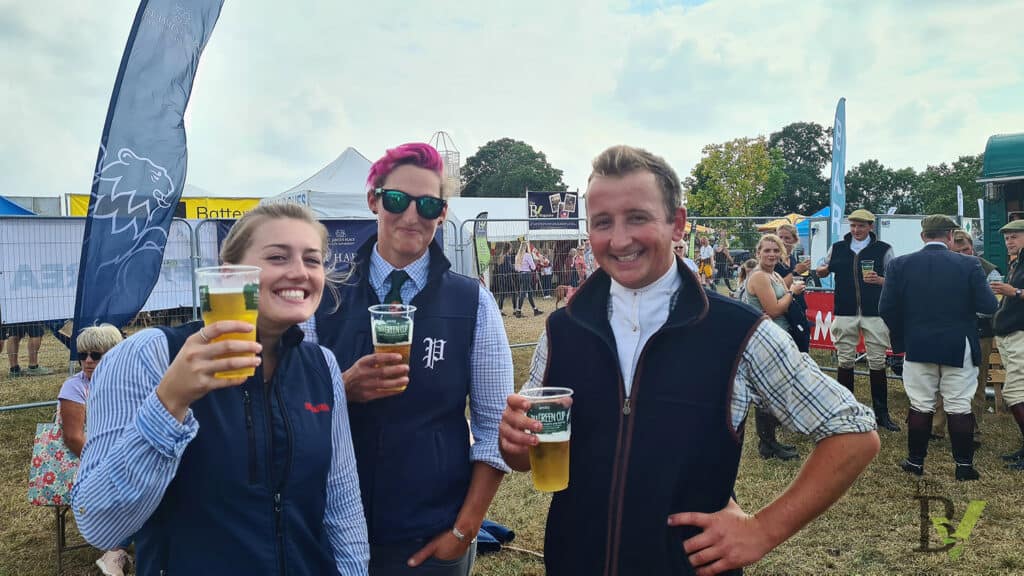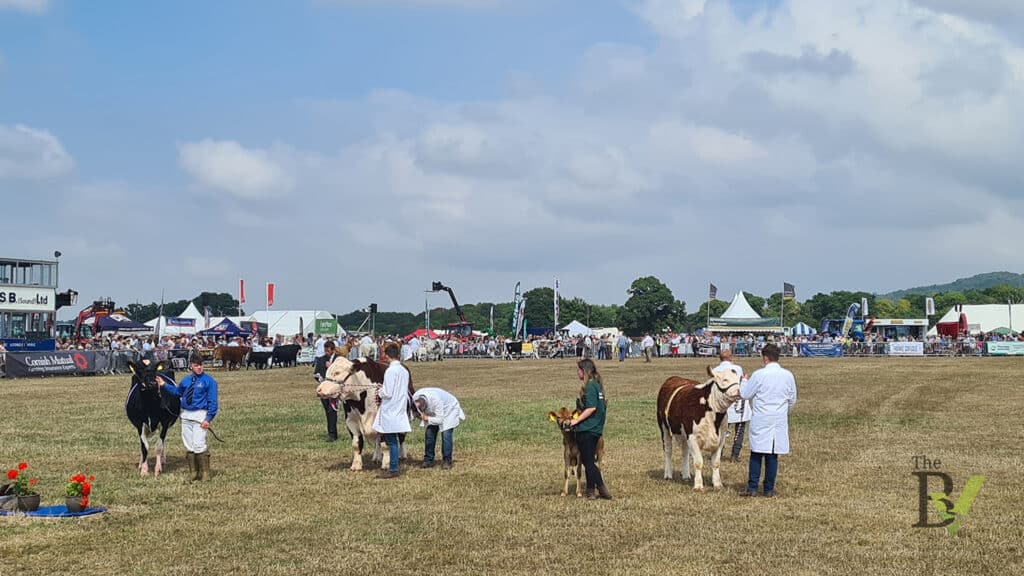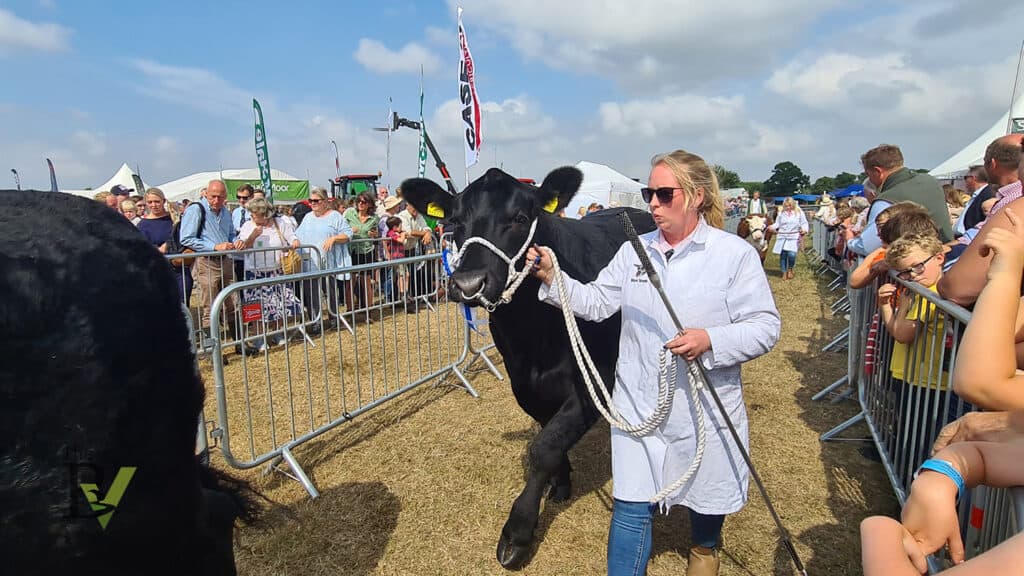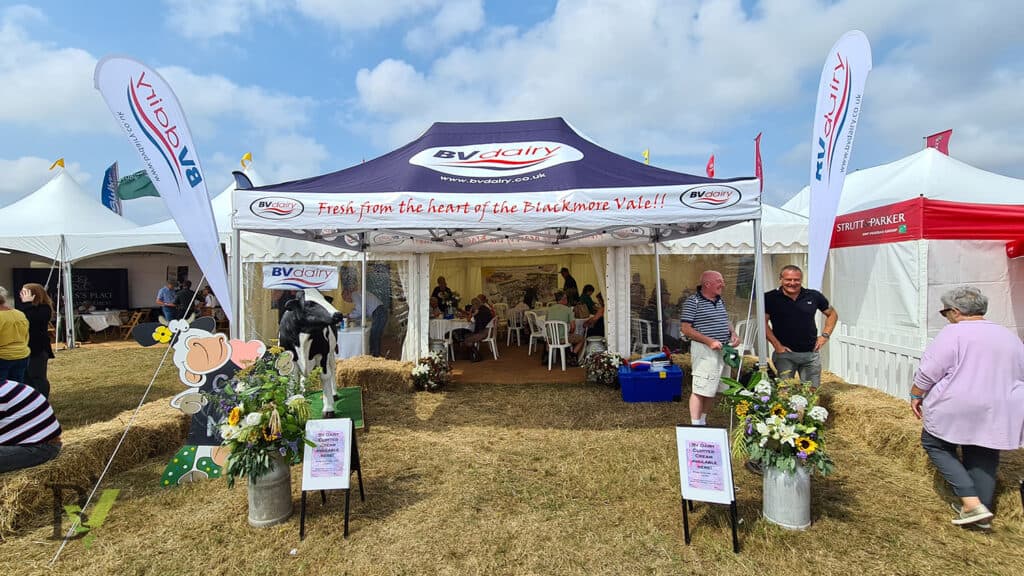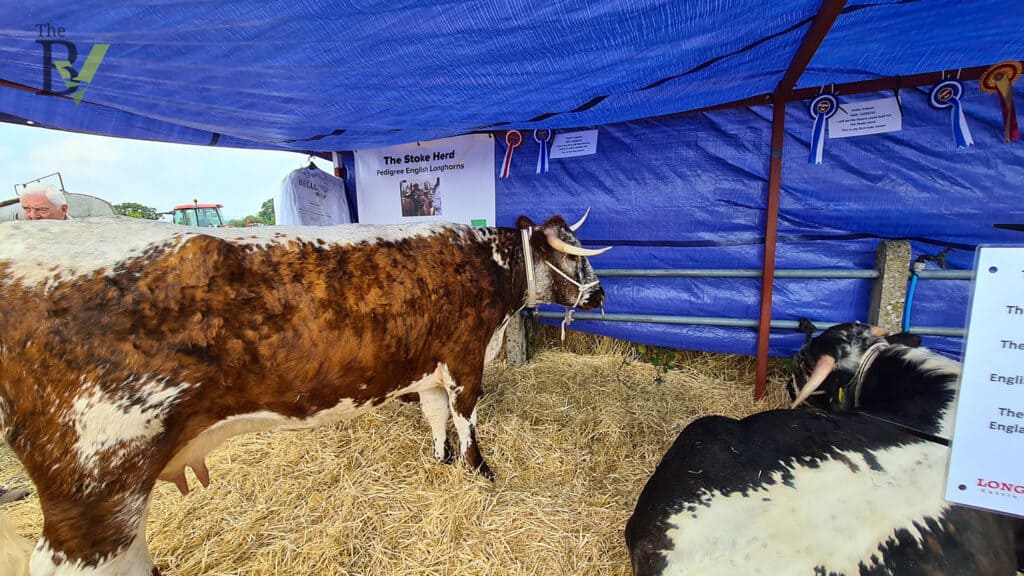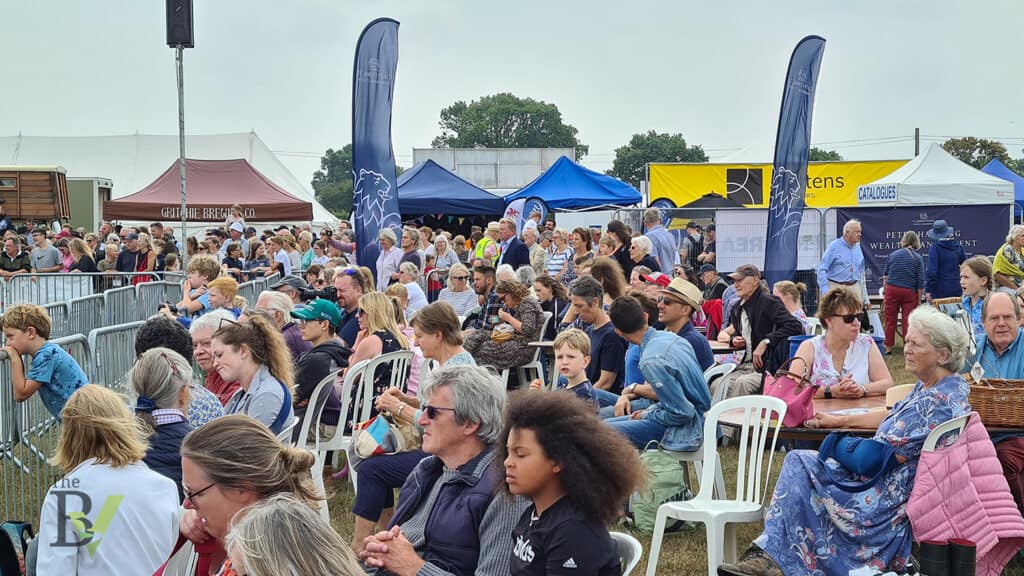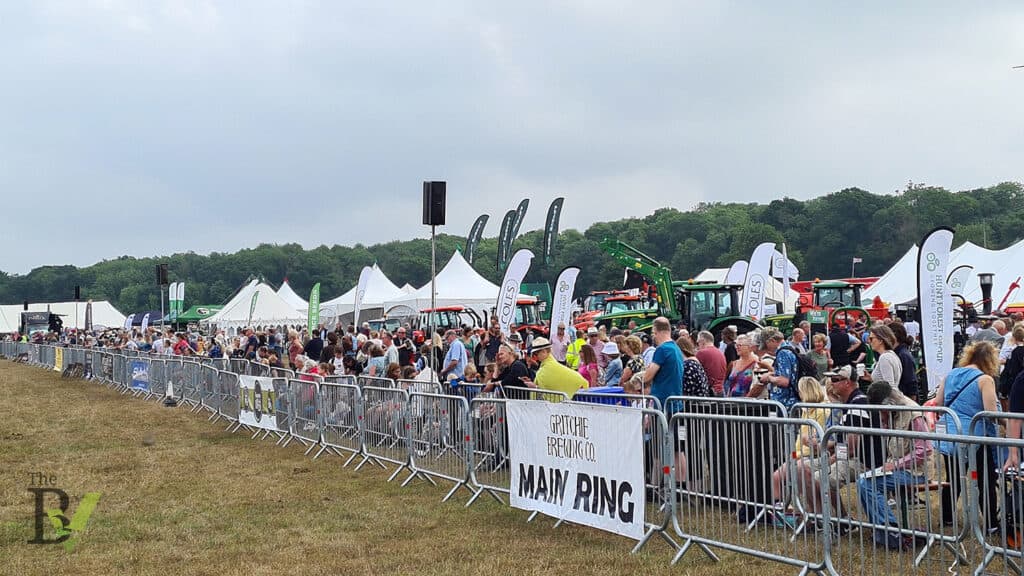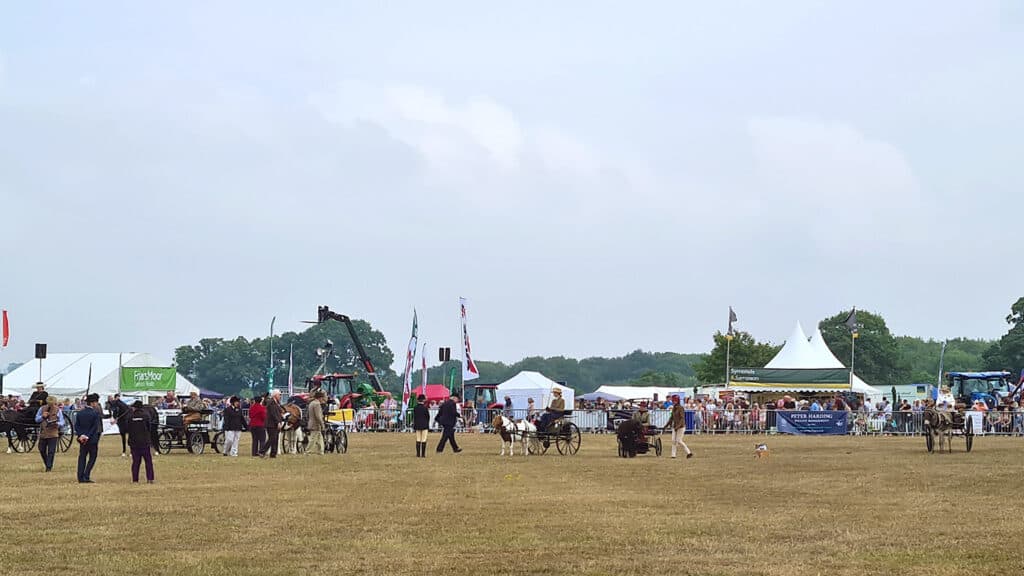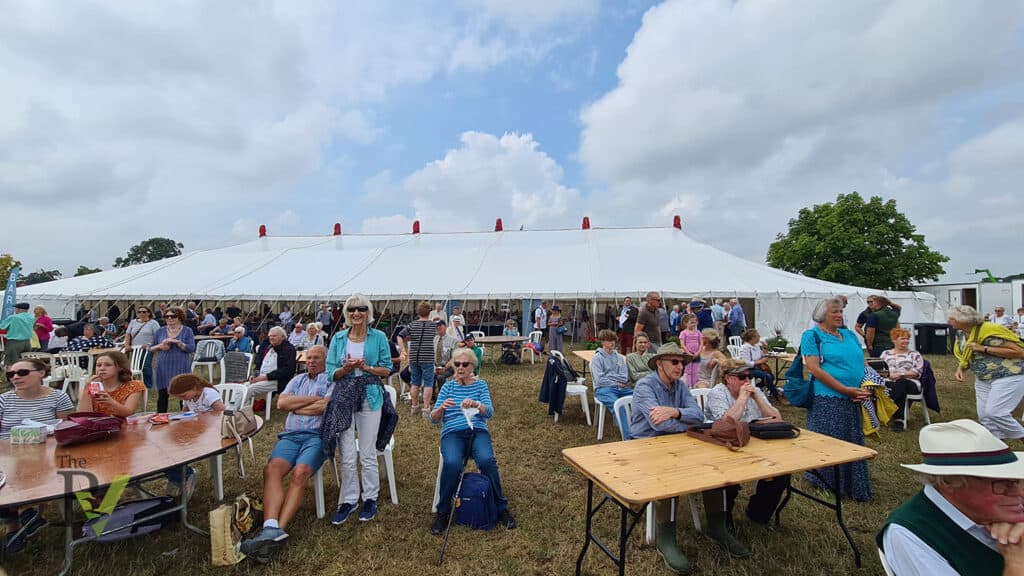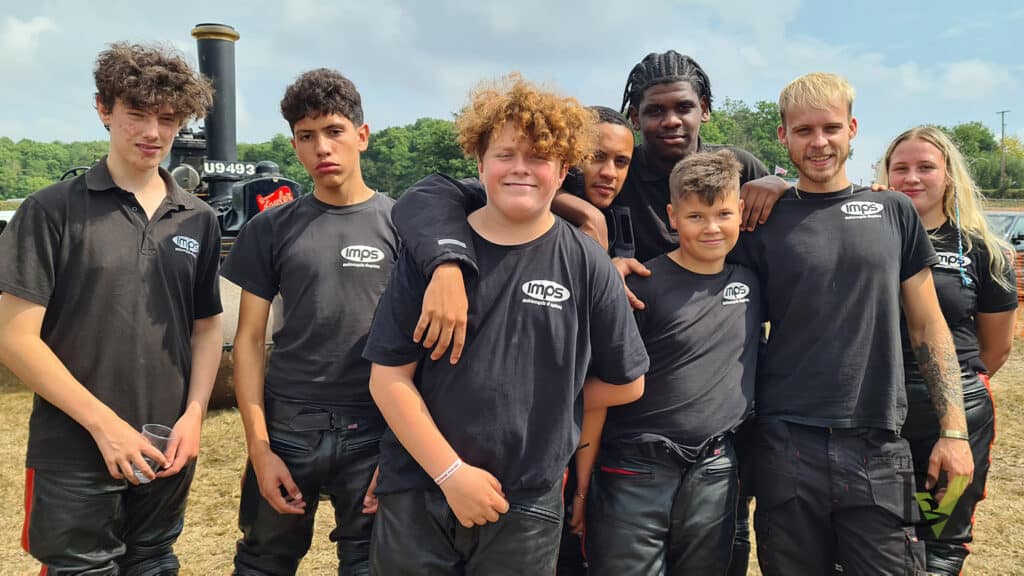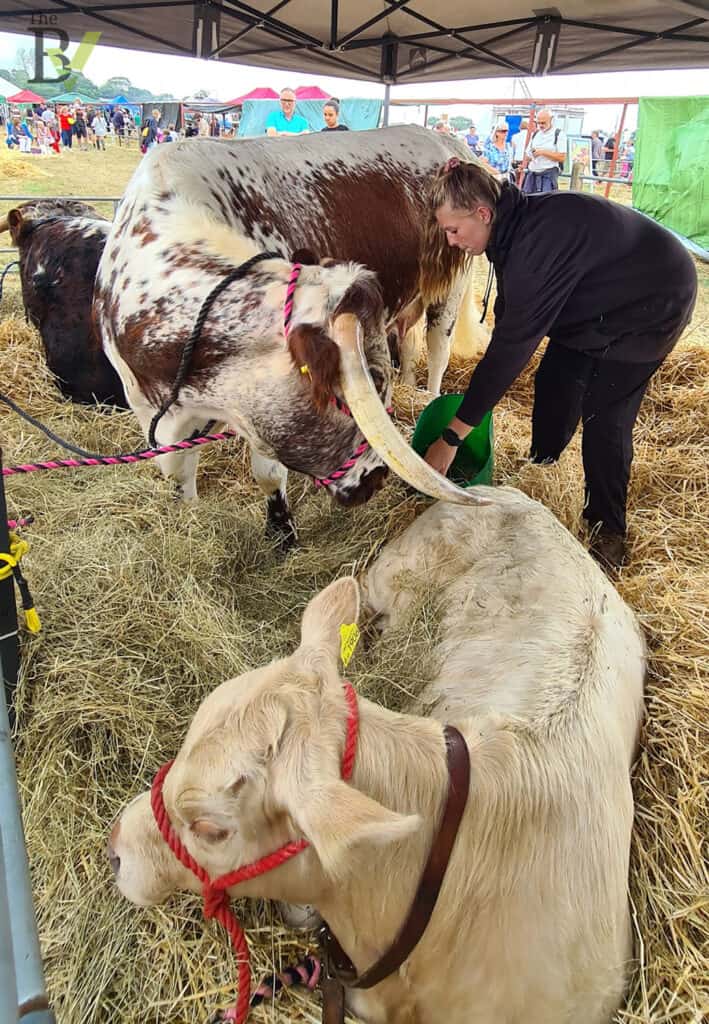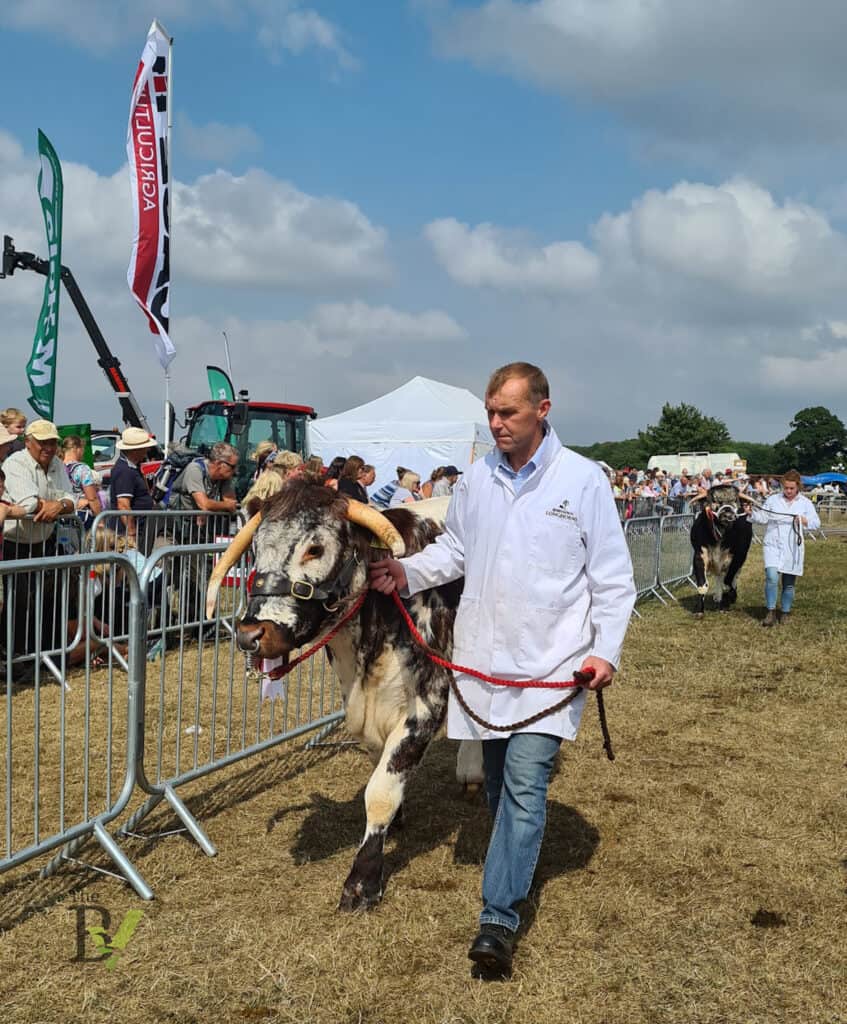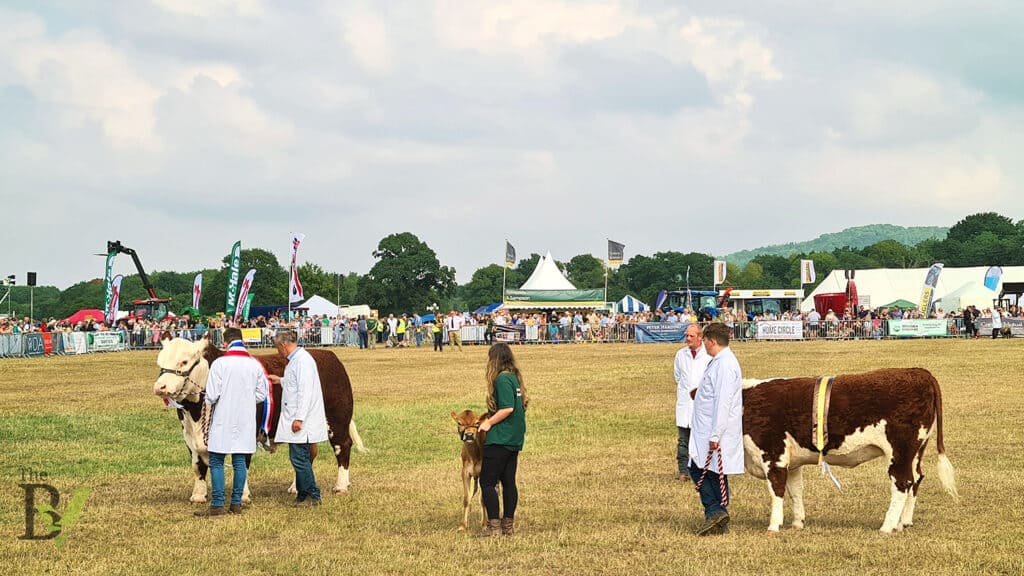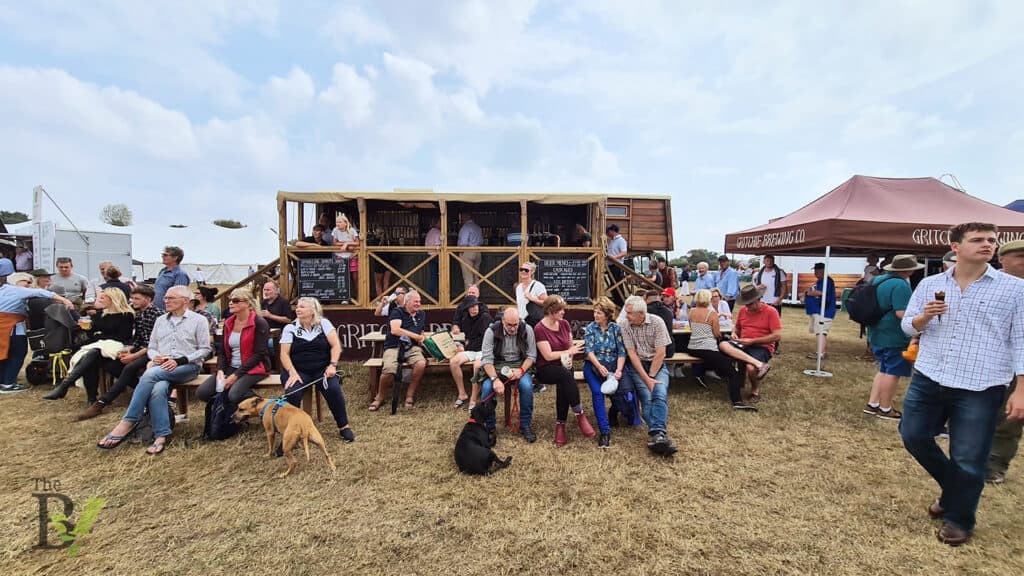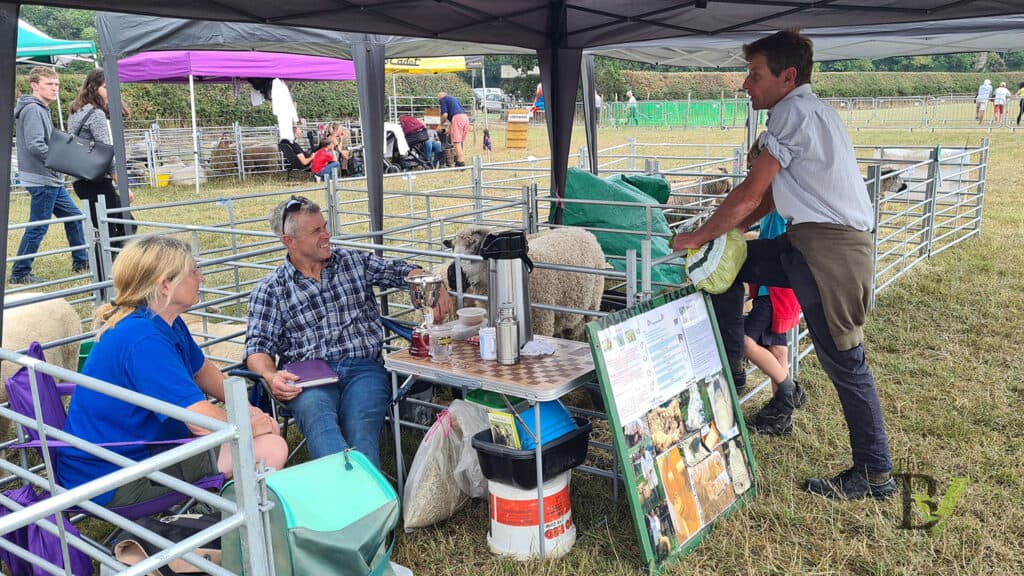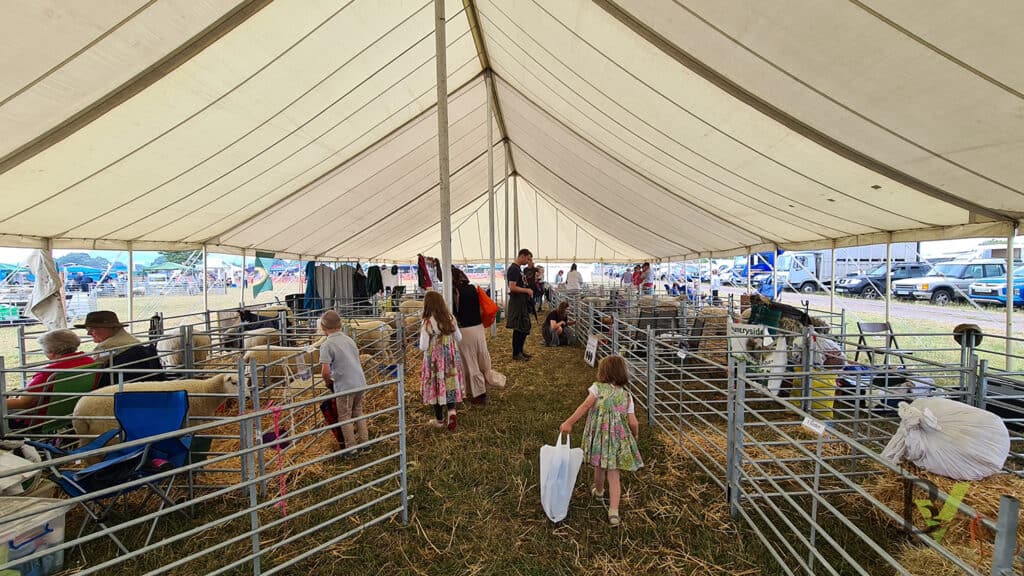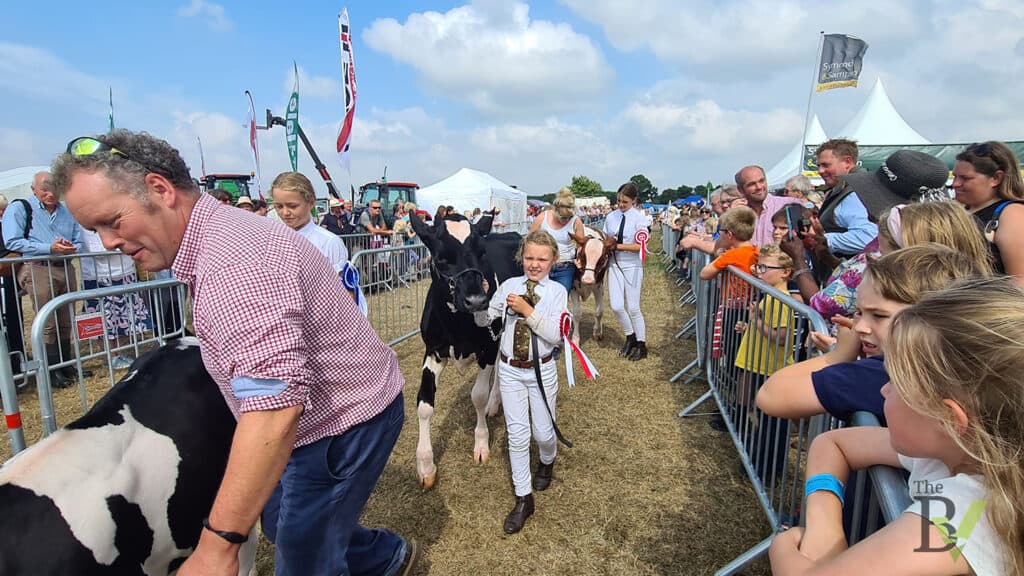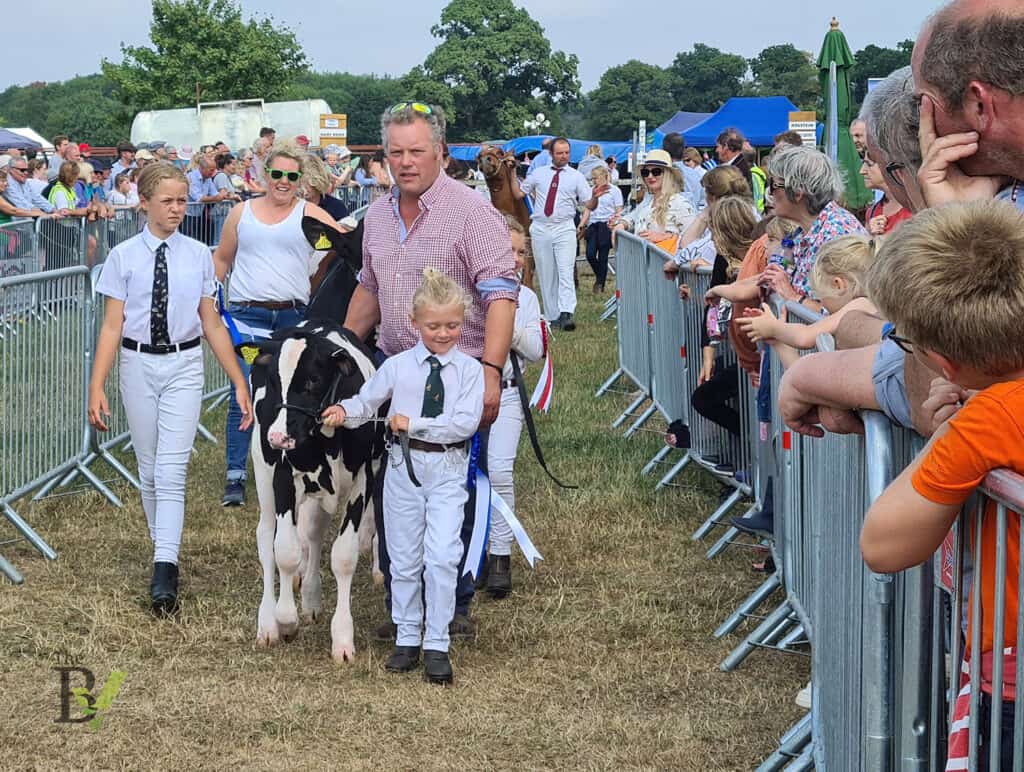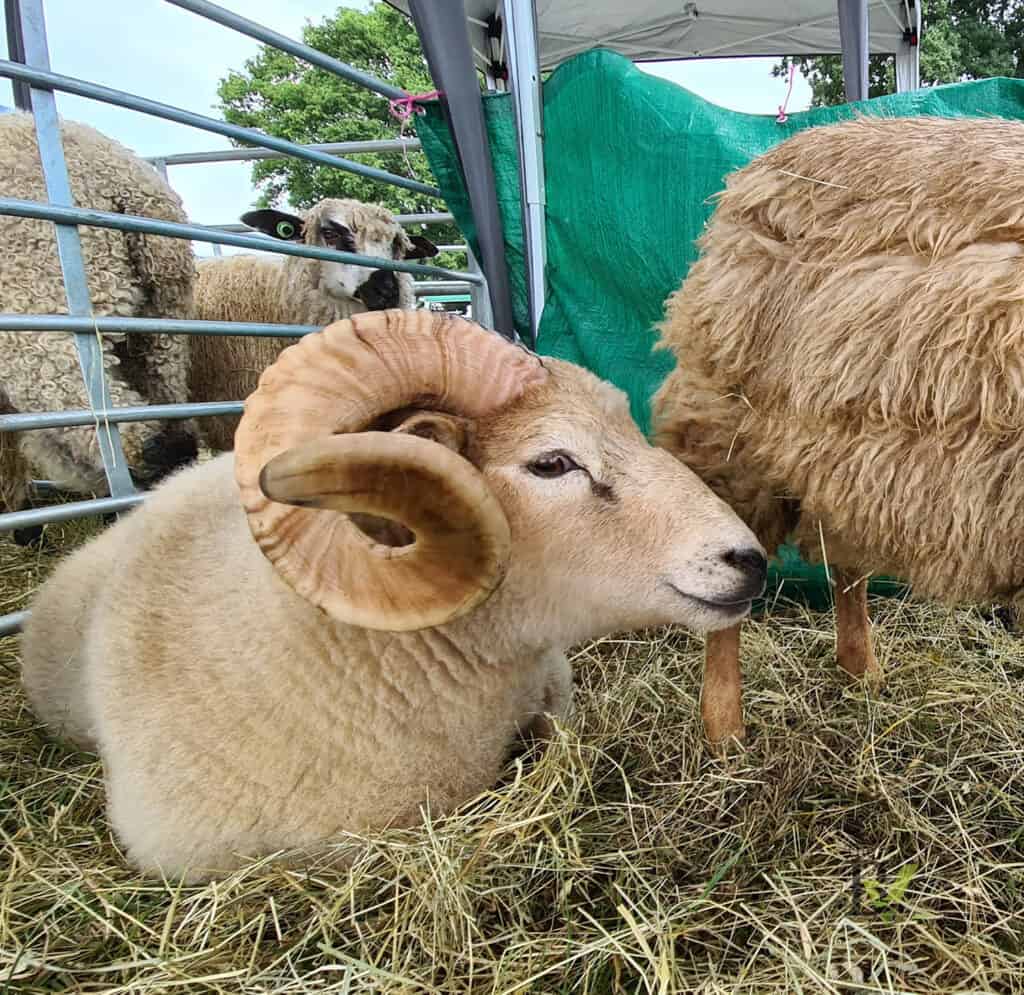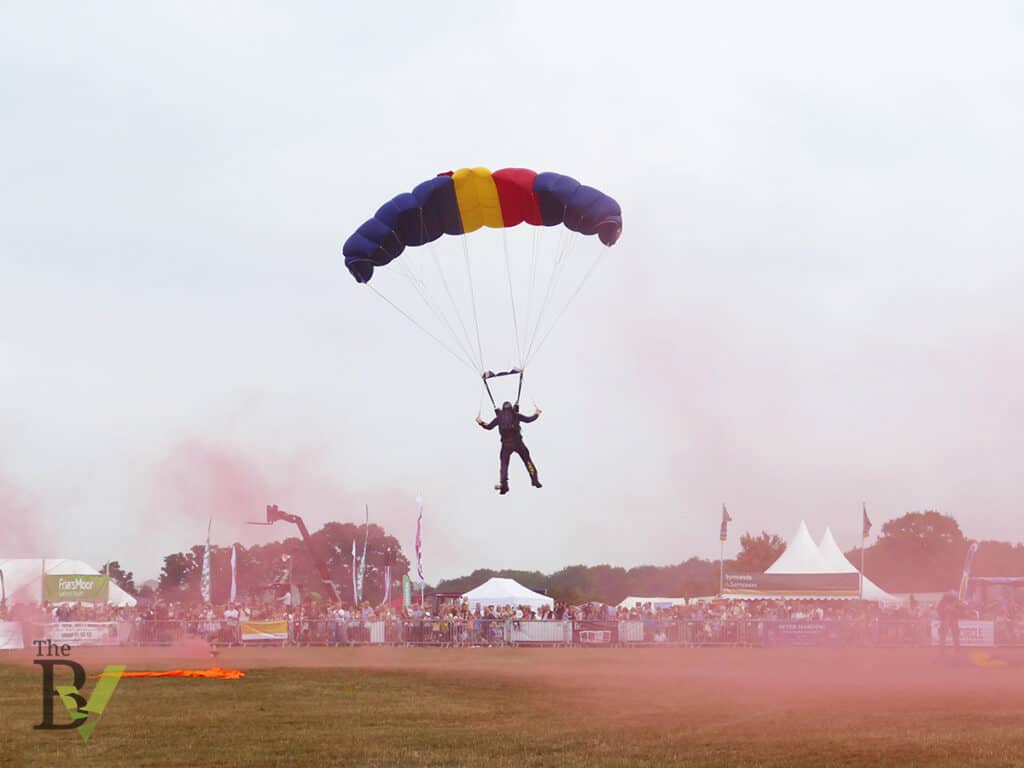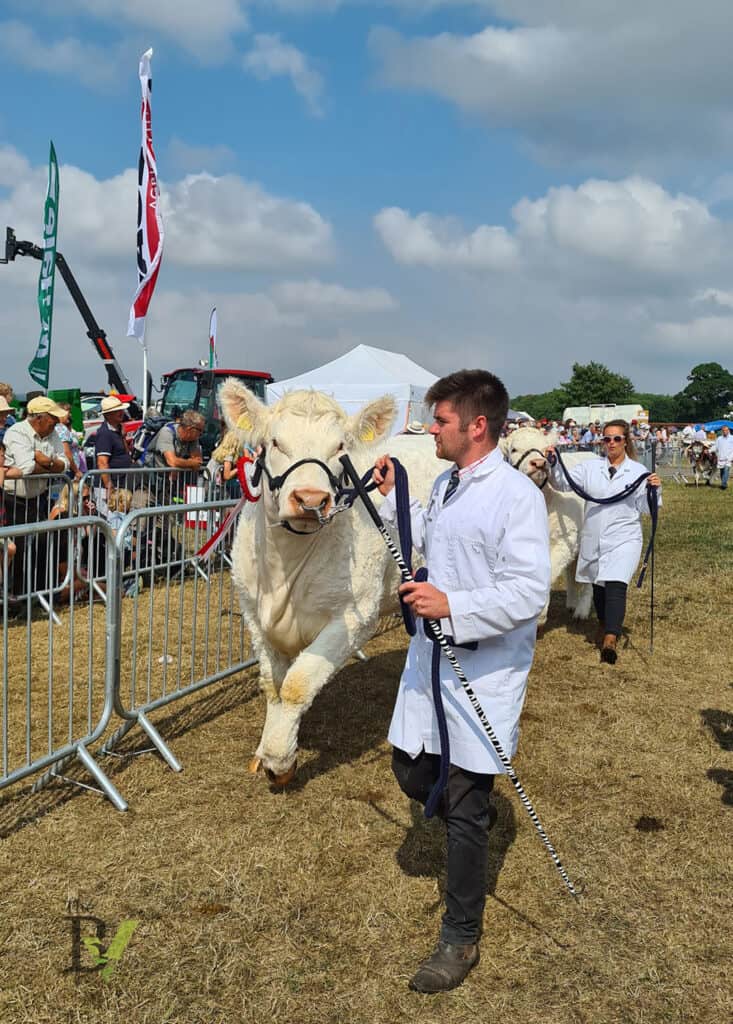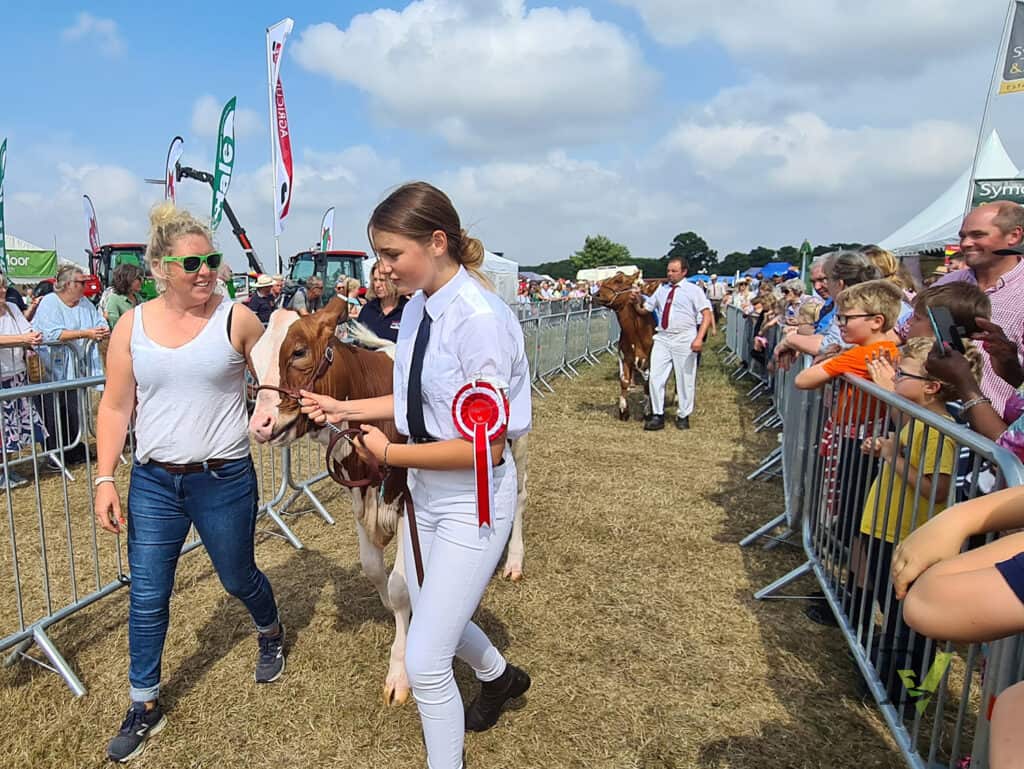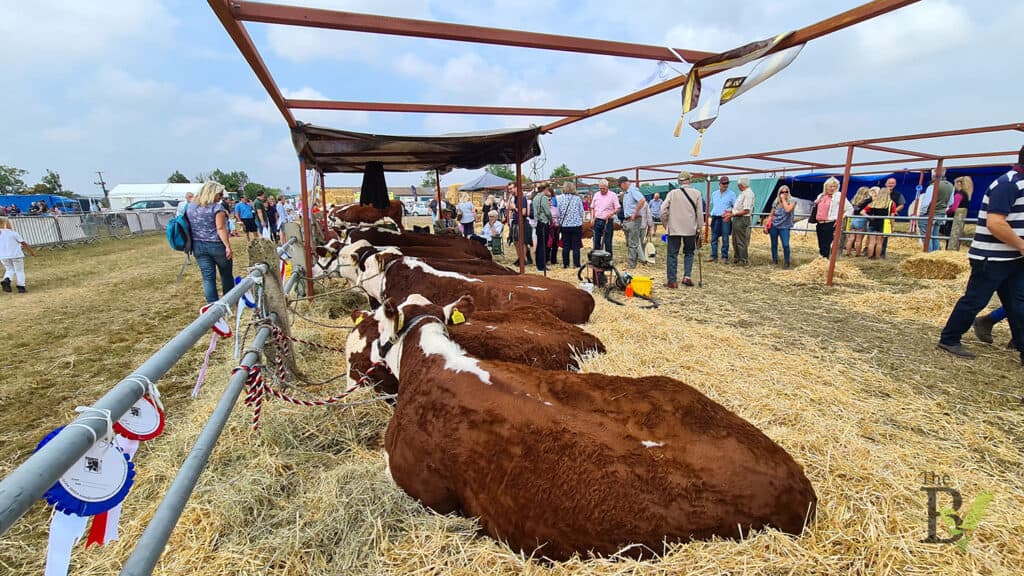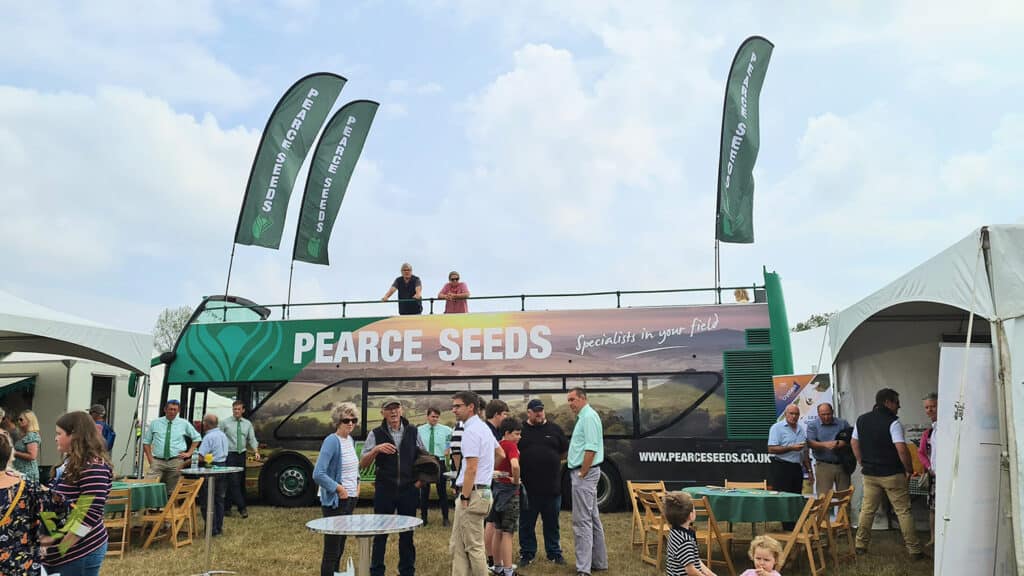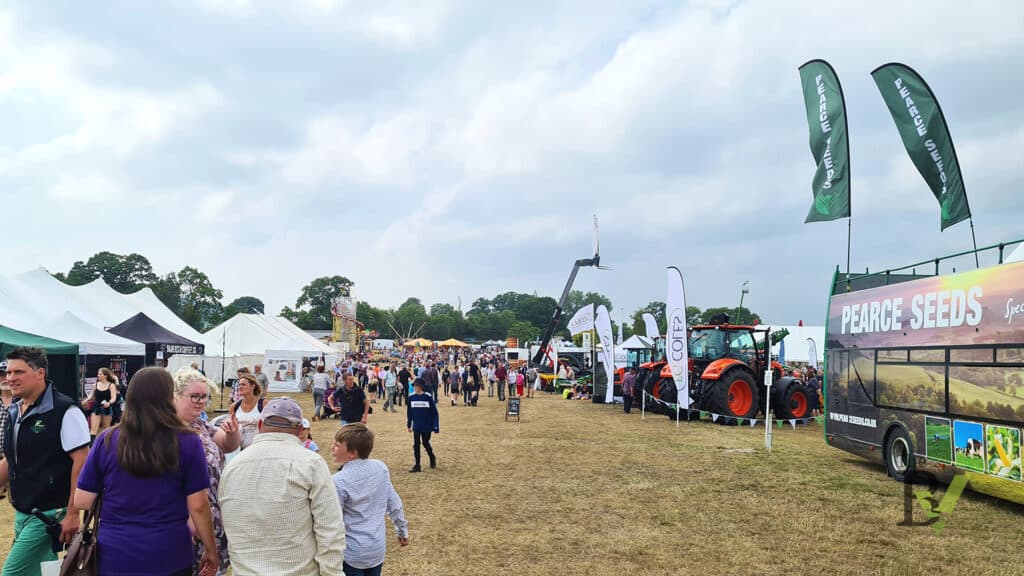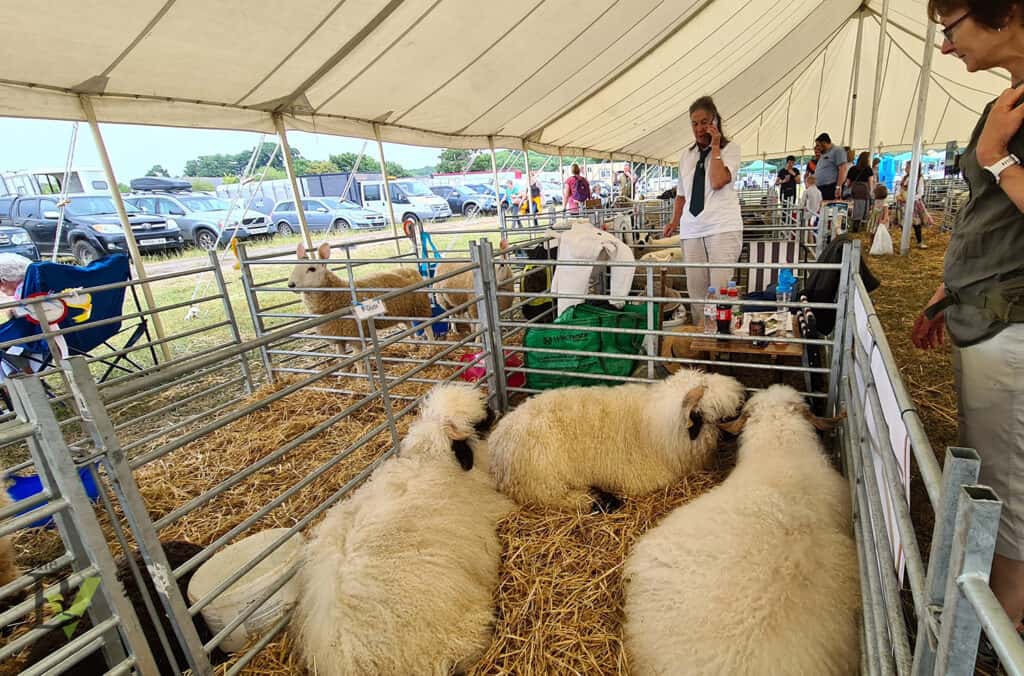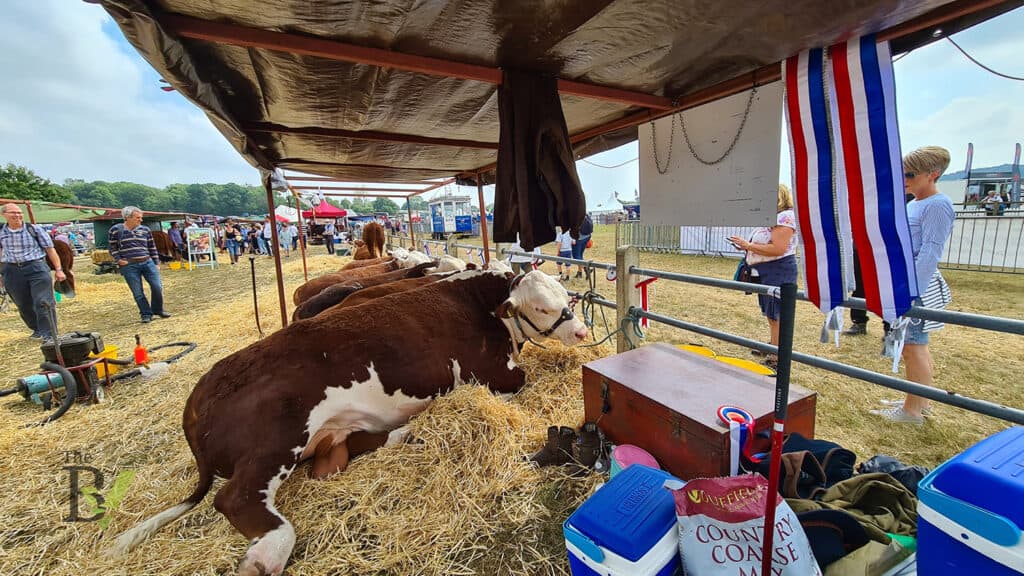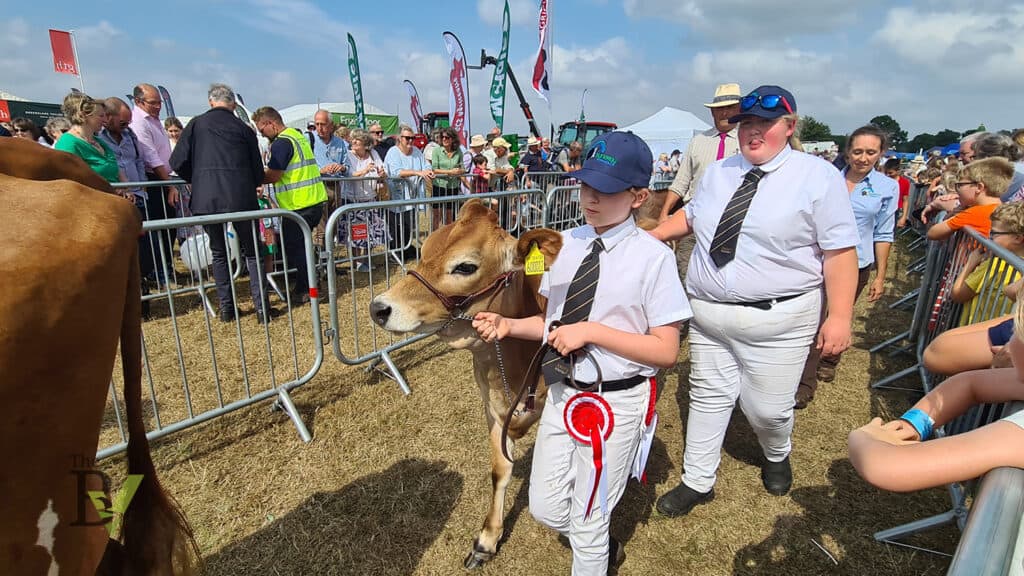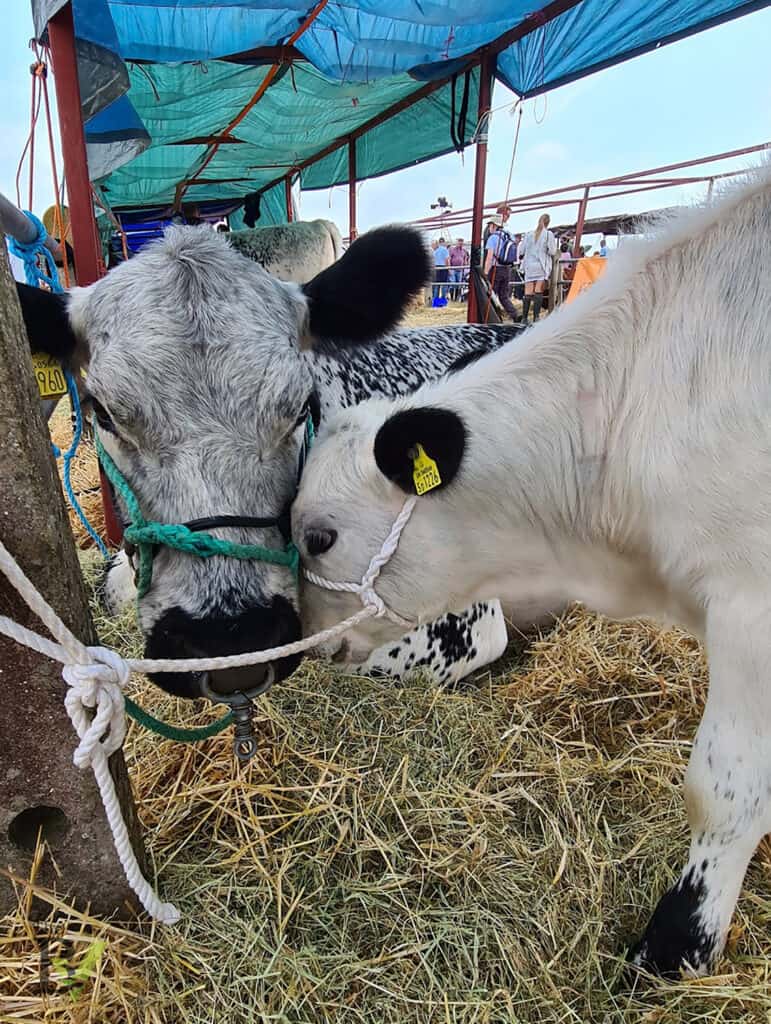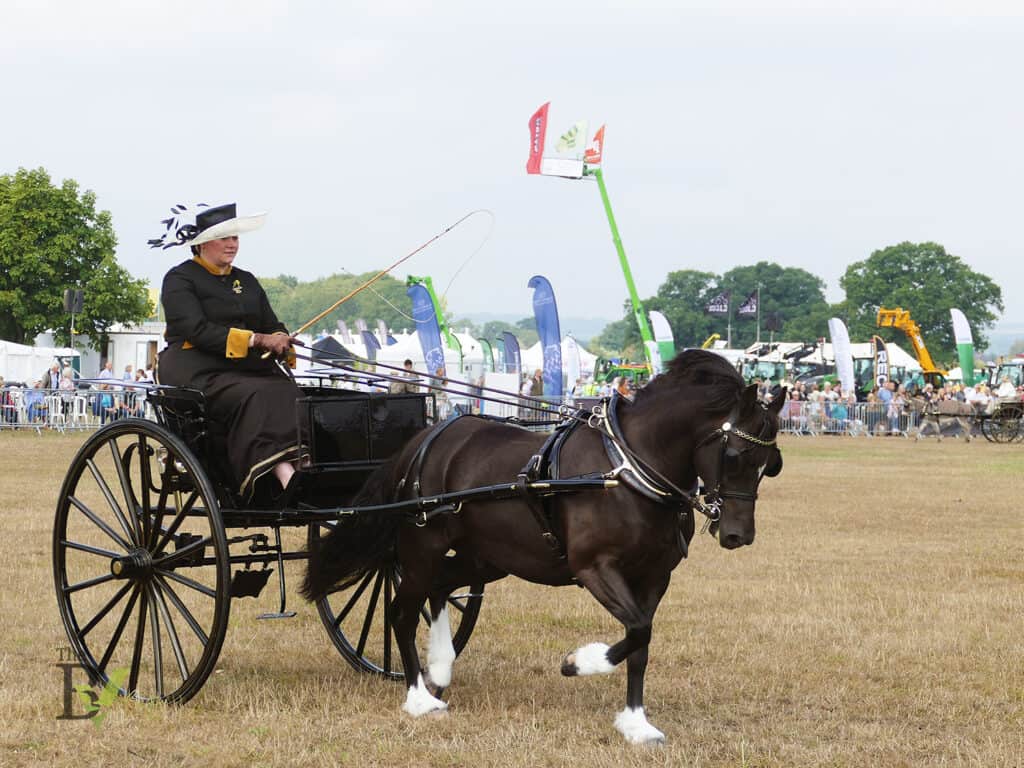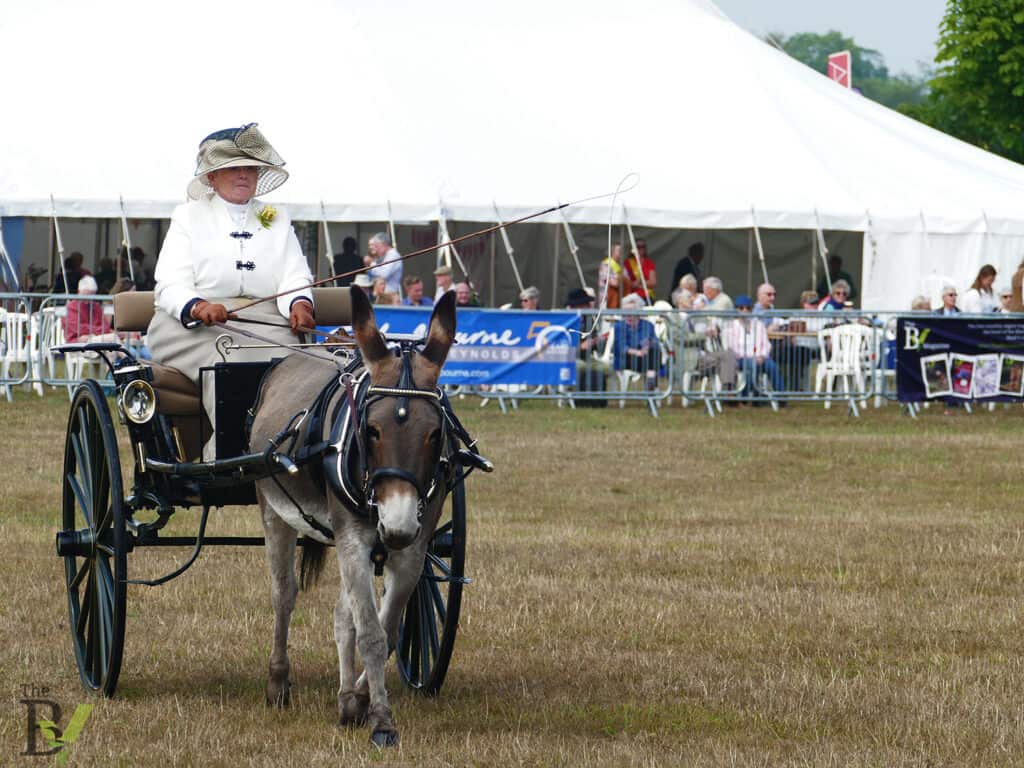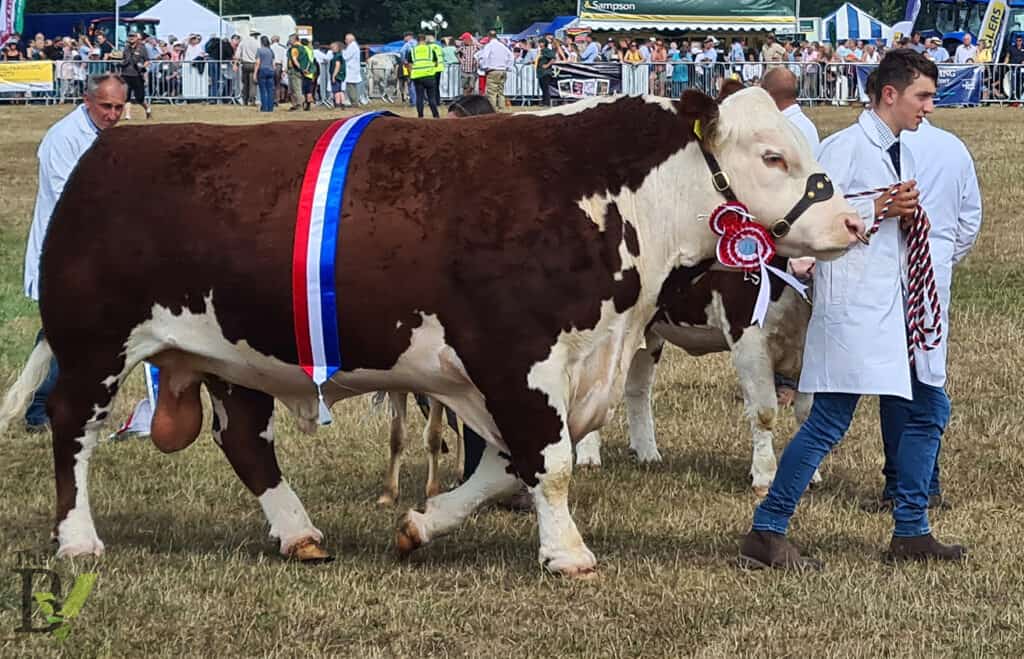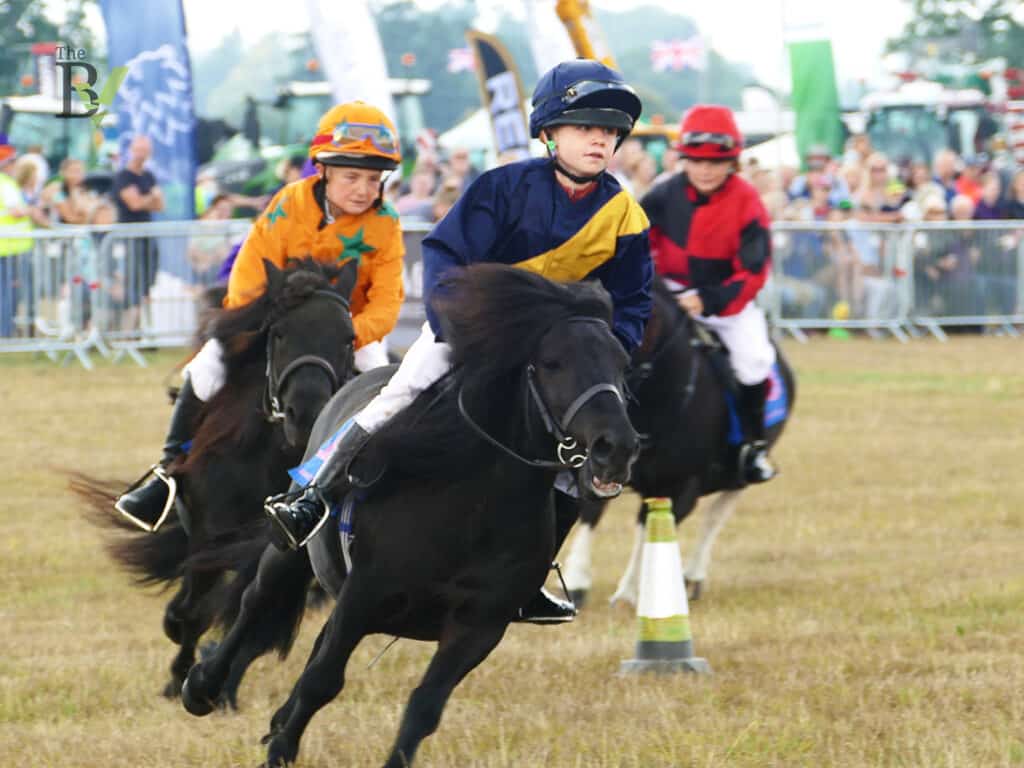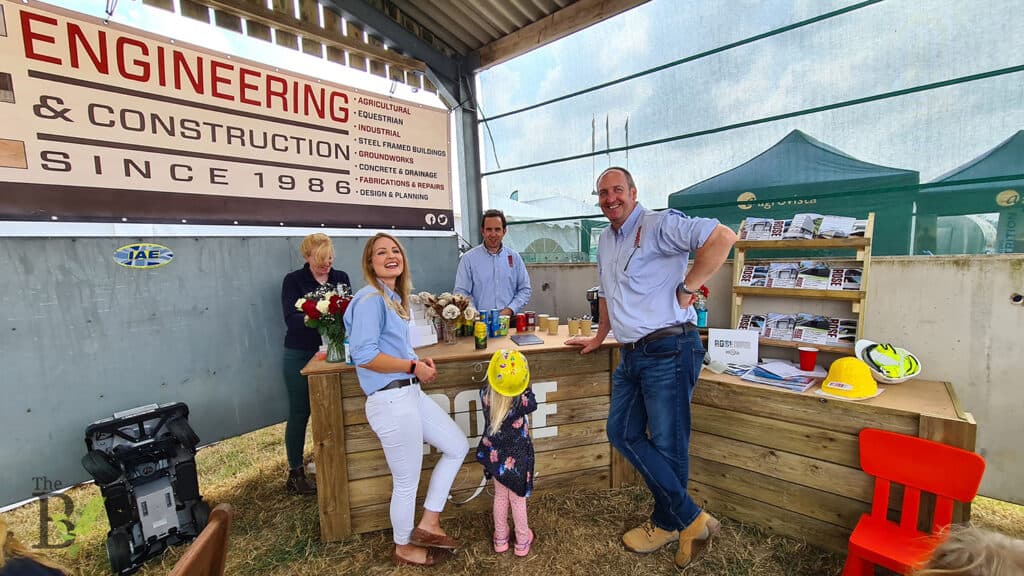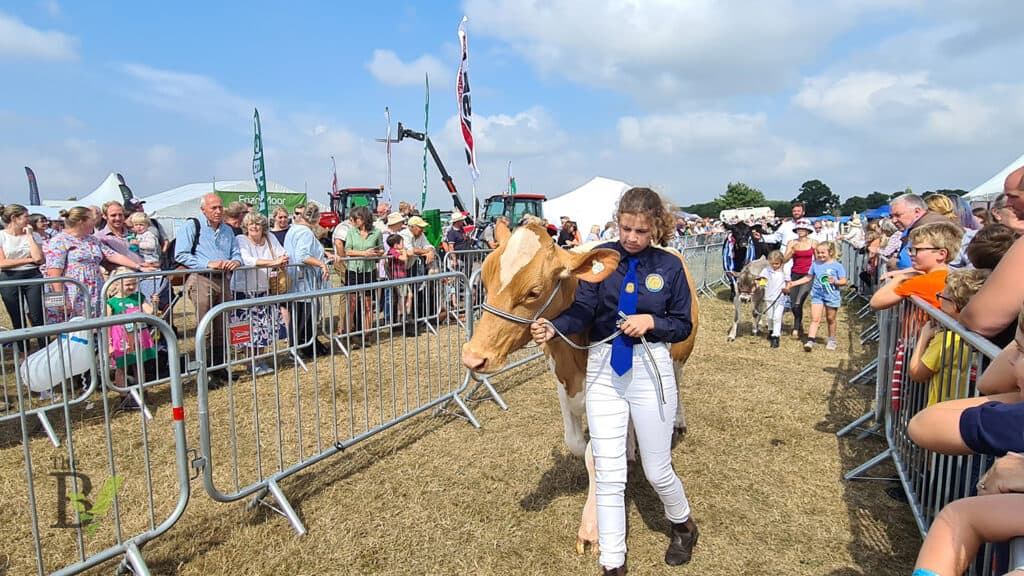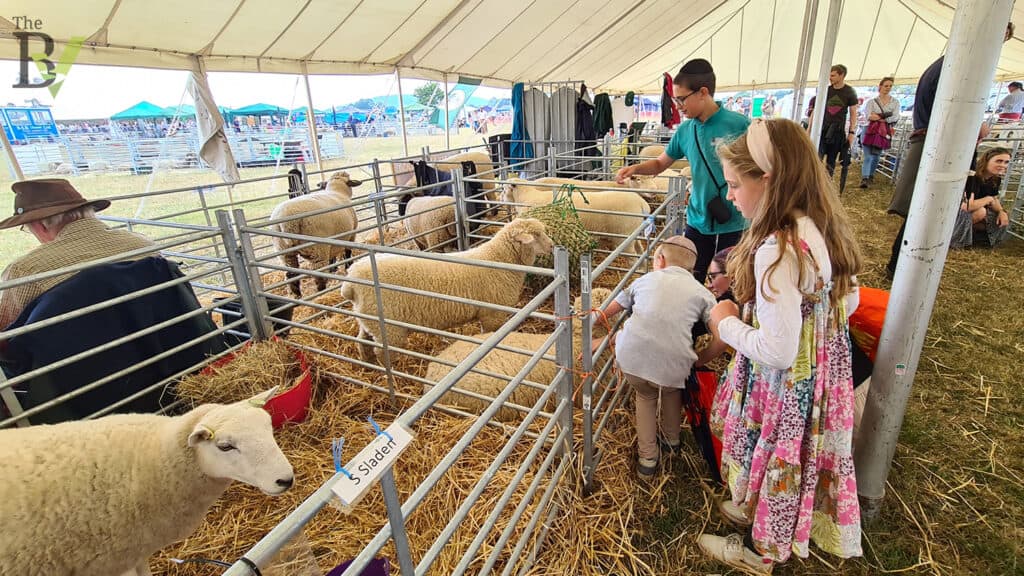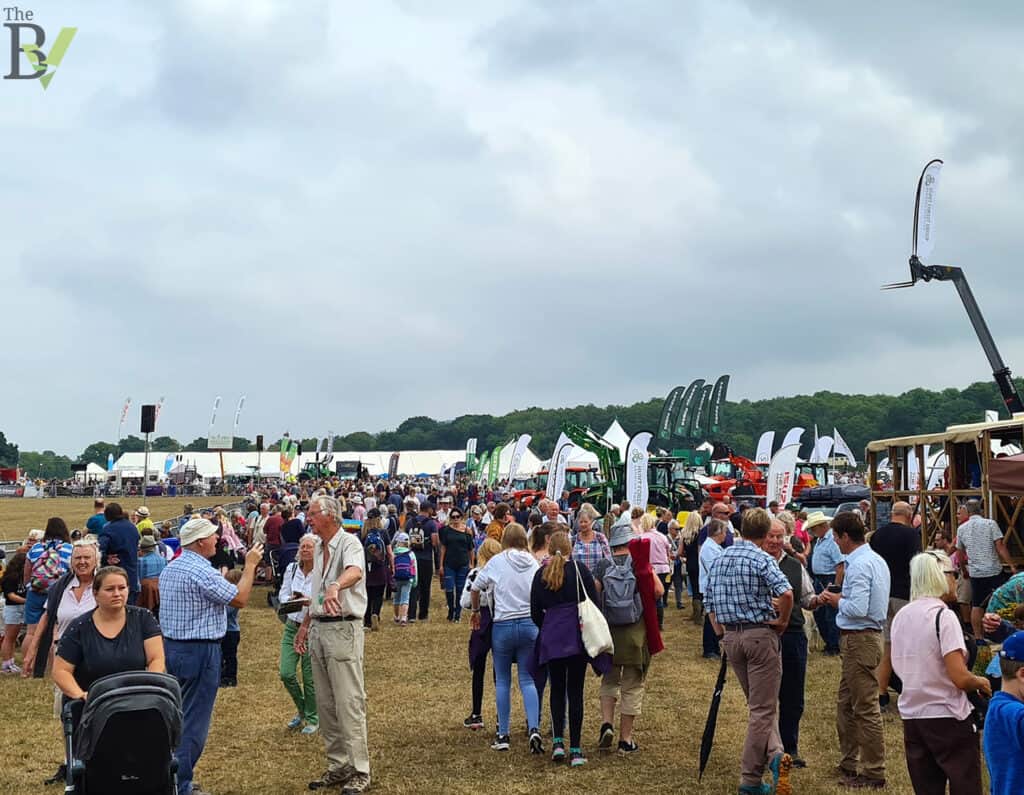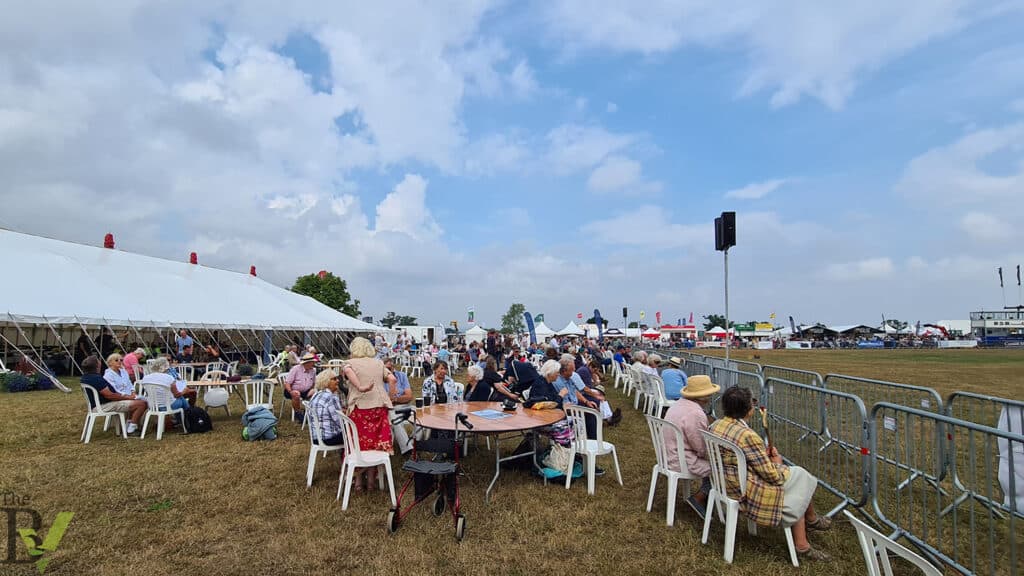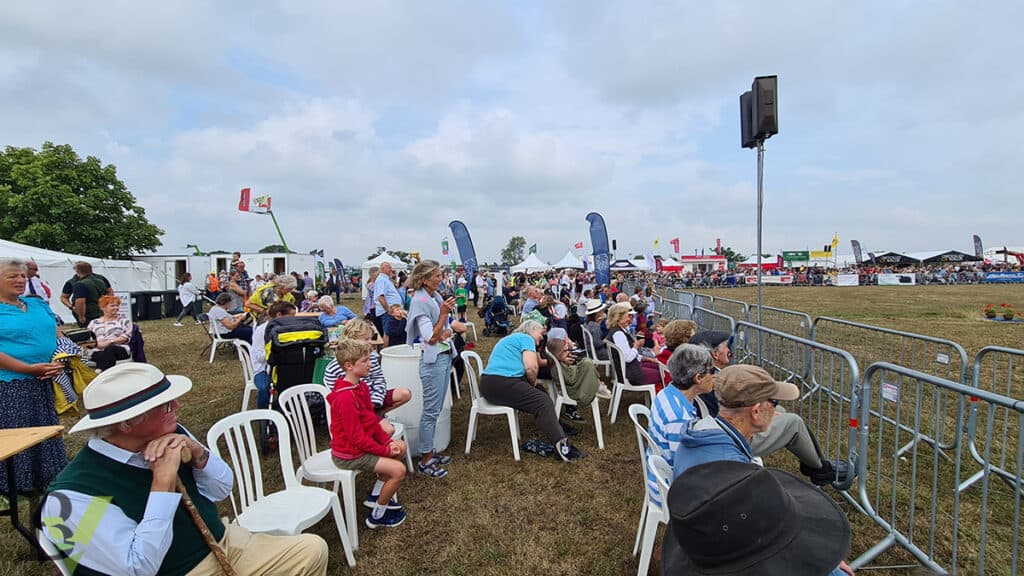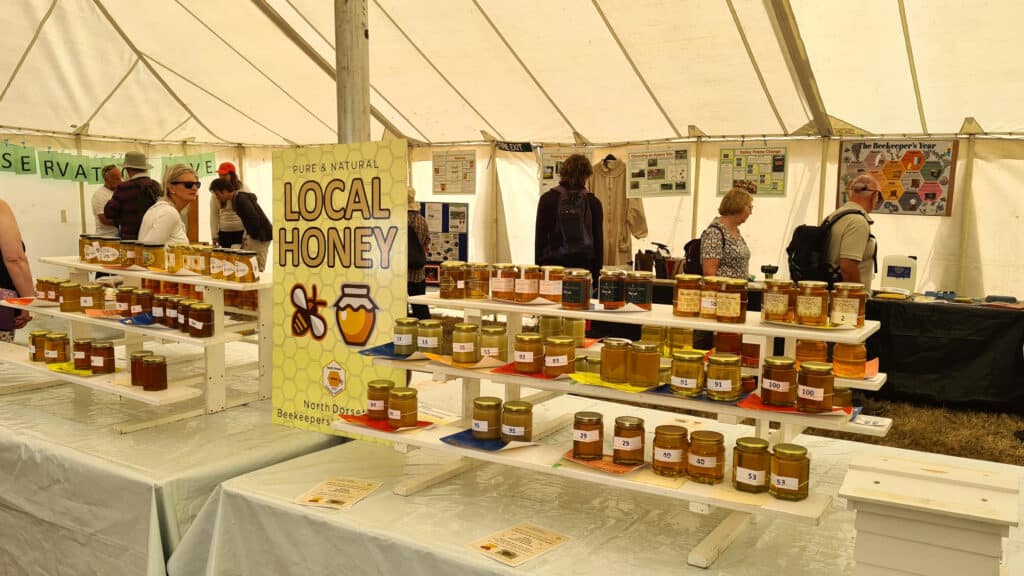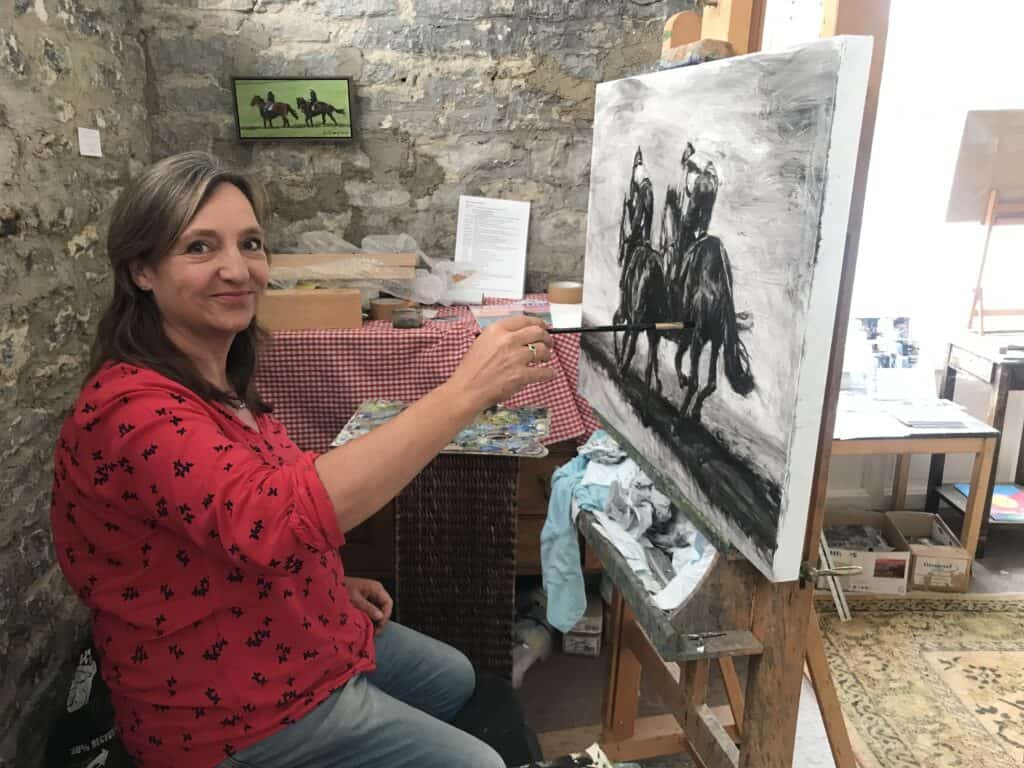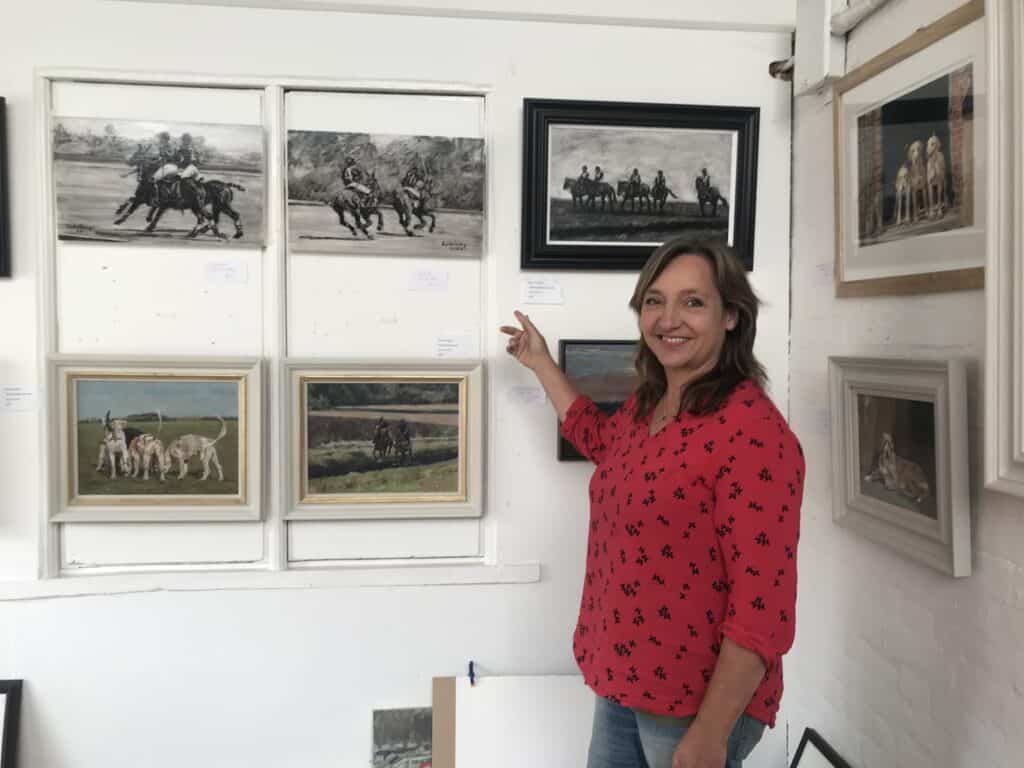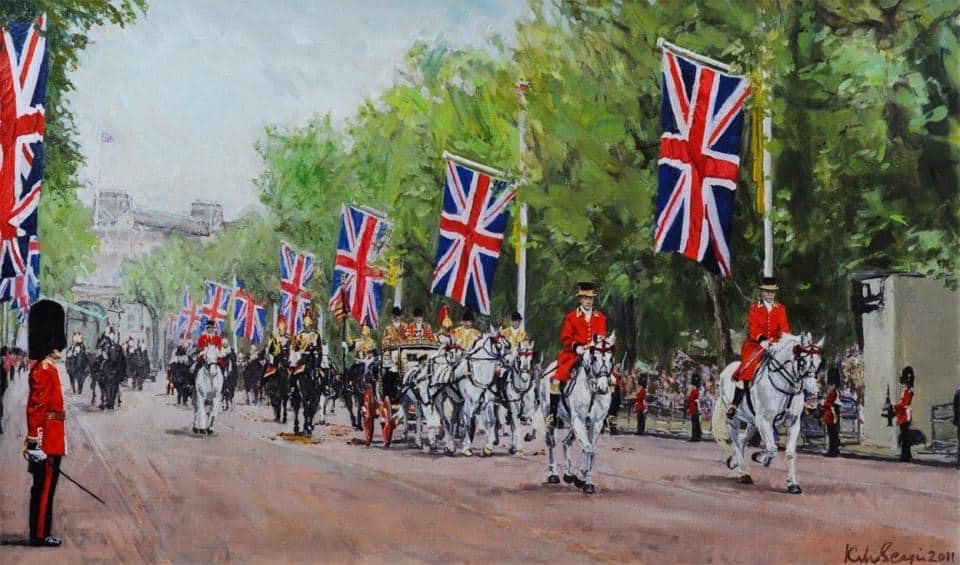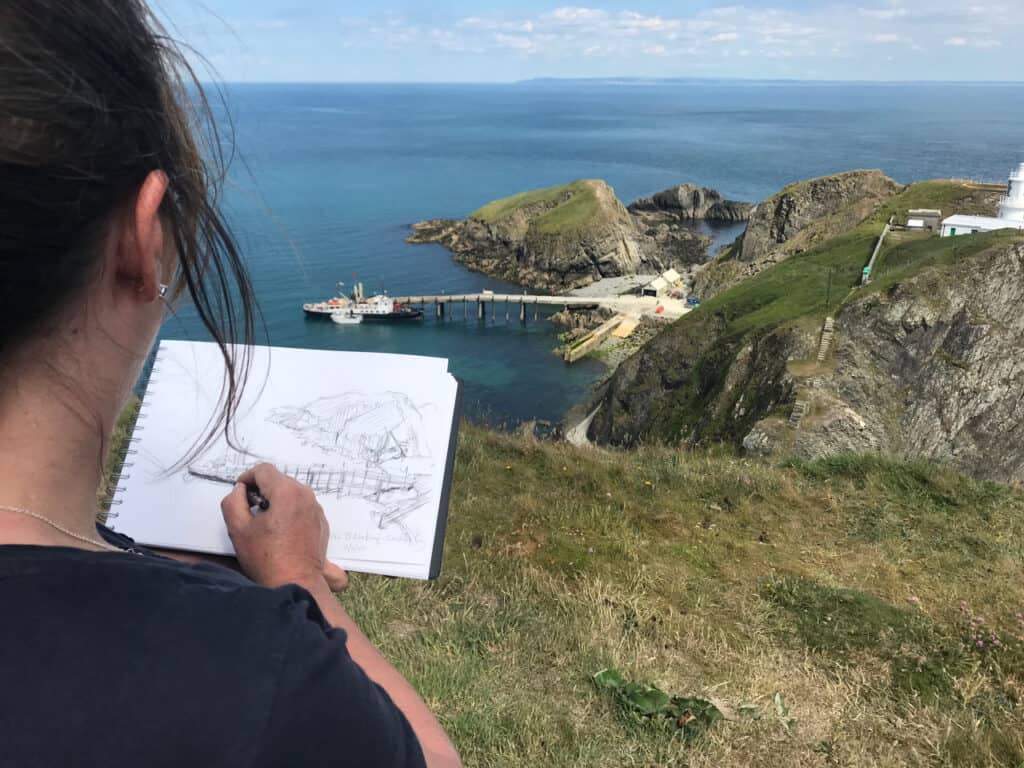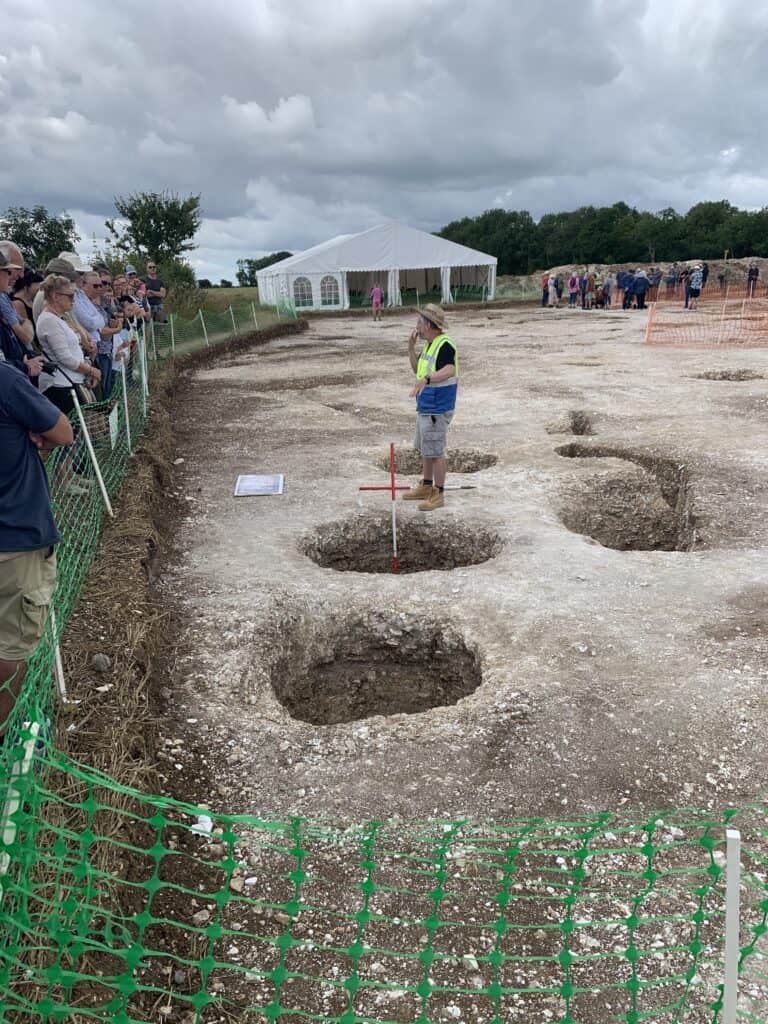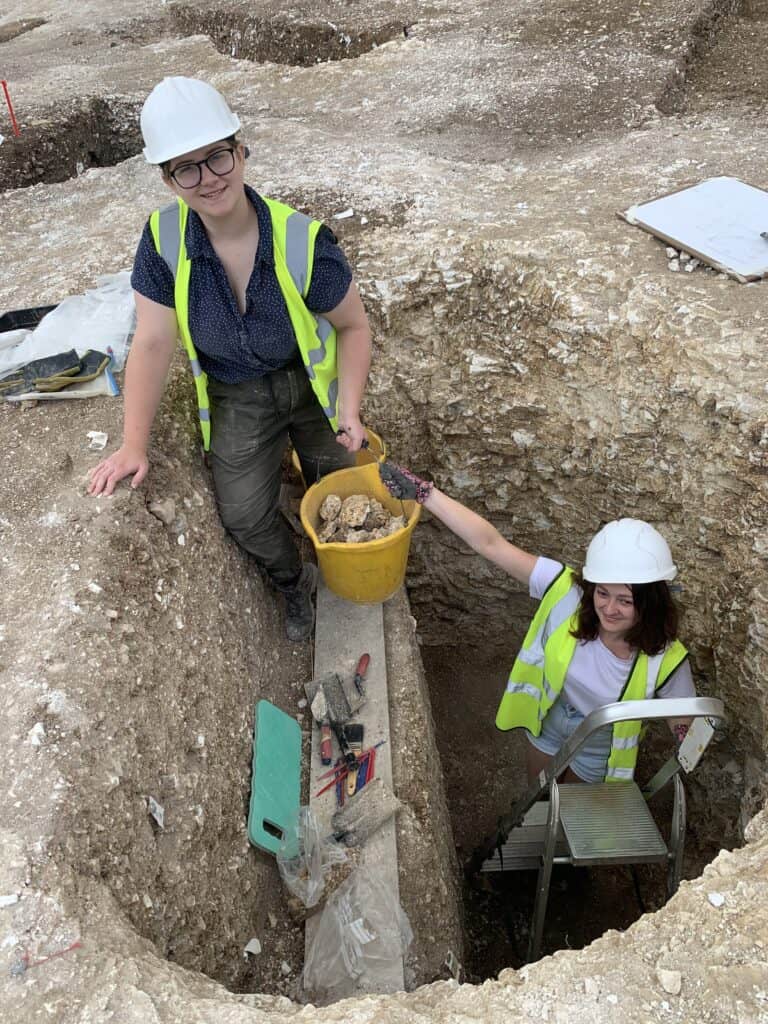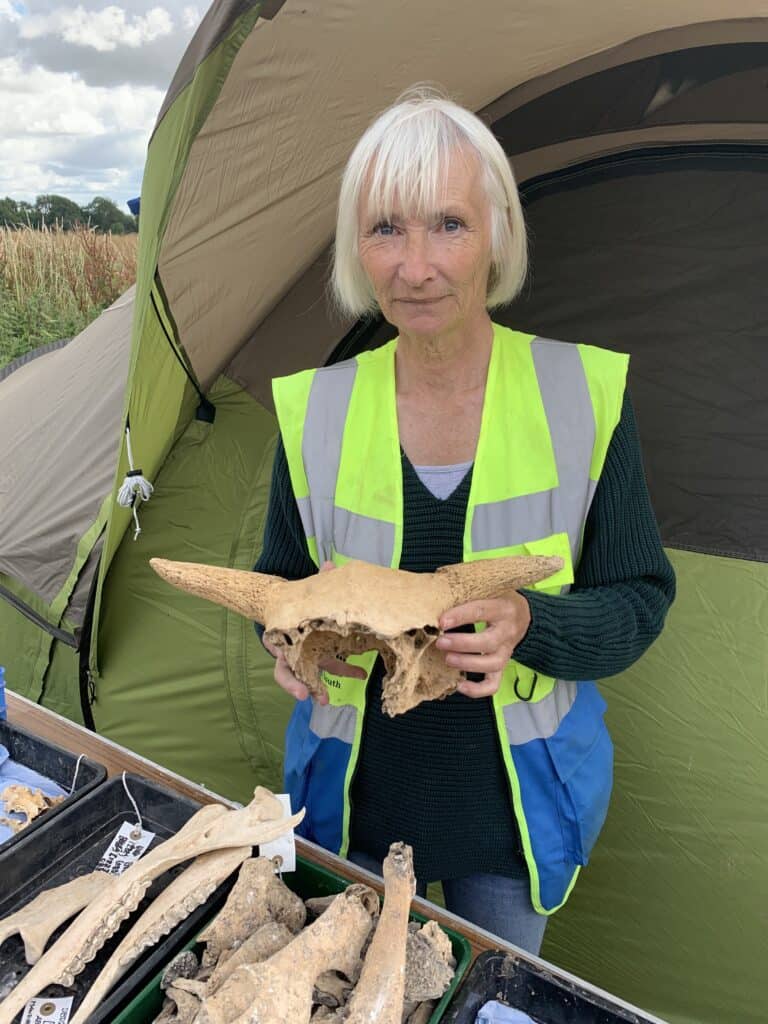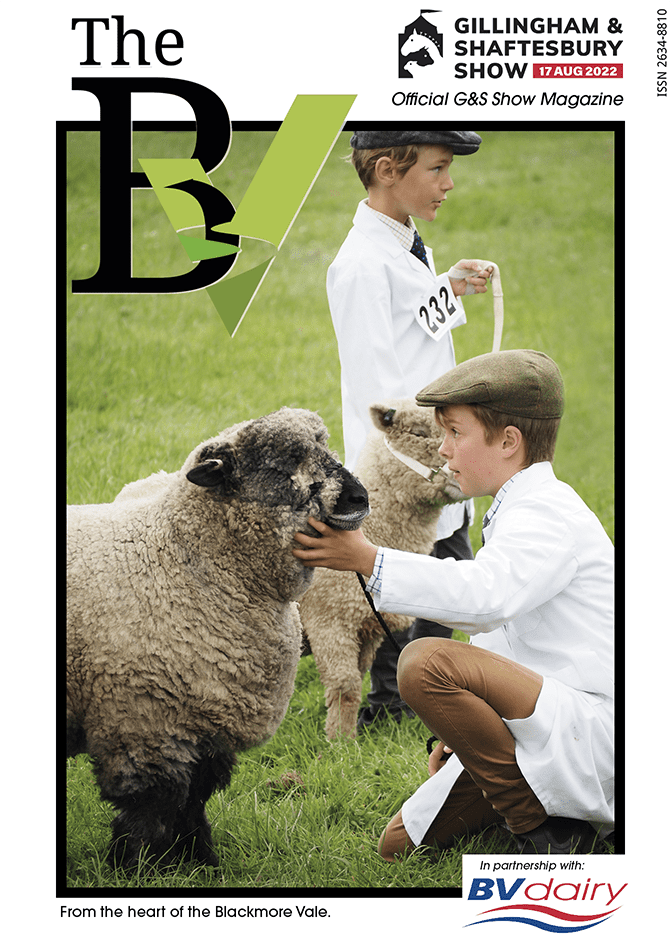Too old? Absolutely not, says expert Mel Mitchell, as she explains why you should never stop – and why it’s never to late too start

Just one in four people between the ages of 65 and 74 exercises regularly. Many assume that they’re too out-of-shape, unwell, tired, or just plain old to exercise. They’re wrong.
The older you get, the more important it becomes to keep moving. A lot of the symptoms of ageing, such as weakness, aching joints and and loss of balance, are actually more likely due to inactivity rather than old age. Exercise is beneficial at every age, of course, and the human body was designed to be active. By continuing to exercise as we get older, we can stay strong and agile, allowing us to maintain our independence and our way of life.
It’s all in your head
Exercising as we age becomes more important in lowering the risks of conditions such as dementia and Alzheimer’s. The hippocampus is where we make and store memories and exercising helps keep the hippocampus at a healthy size. As we exercise, blood flow to the brain increases, carrying extra oxygen and other nutrients.
But I’ll fall
Exercise will actually reduce your chances of falling by building strength and maintaining balance. Gentle forms like yoga or tai chi are great for boosting confidence.
If you have a chronic health problem such as arthritis, diabetes or heart disease, then exercise is almost certainly a good idea. Check with a doctor first, but exercise will probably help; it helps keep blood pressure and blood sugar at normal levels and can be a silver bullet for lots of health problems.
If it’s been a while, or you have never really been an exerciser, then simply start slow and build up. Rome wasn’t built in a day!
Pensioner training
I have been fortunate to work with clients in their 60s and 70s, and over a relatively short time their improvements in movement and posture have been a pleasure to watch. Gym work might initially seem irrelevant when you’re 70, but it has meaningful real life consequences.
For one reason or another my clients had all stopped moving as much. The universal consequence was that their joints (especially their knees!) were giving them trouble, they were having difficulties standing up straight and simply getting up from the floor had become an issue.
Once they started moving more, the muscles around the knees became stronger. That meant they could squat better in the gym, of course, but out in real life it meant they could climb the stairs with ease and the aching joints almost ceased. Improvements in posture meant they were walking upright, and that meant more easily. Their stamina also improved and they could walk for longer without being out of breath. Improvements in all-round mobility meant actions like moving their arms high above their head became possible – in real life, that’s dressing, and reaching for things from shelves.
Never too late
Studies have found that even for people in their 90s living in nursing homes, starting an exercise routine boosts muscle strength. Other research shows that starting exercise late in life can still cut the risk of health problems such as diabetes, and improve existing symptoms.
But exercising doesn’t necessarily mean going to the gym. It isn’t for everyone. Why not join a class, or start taking a daily walk? Any form of exercise works; just keep moving!



